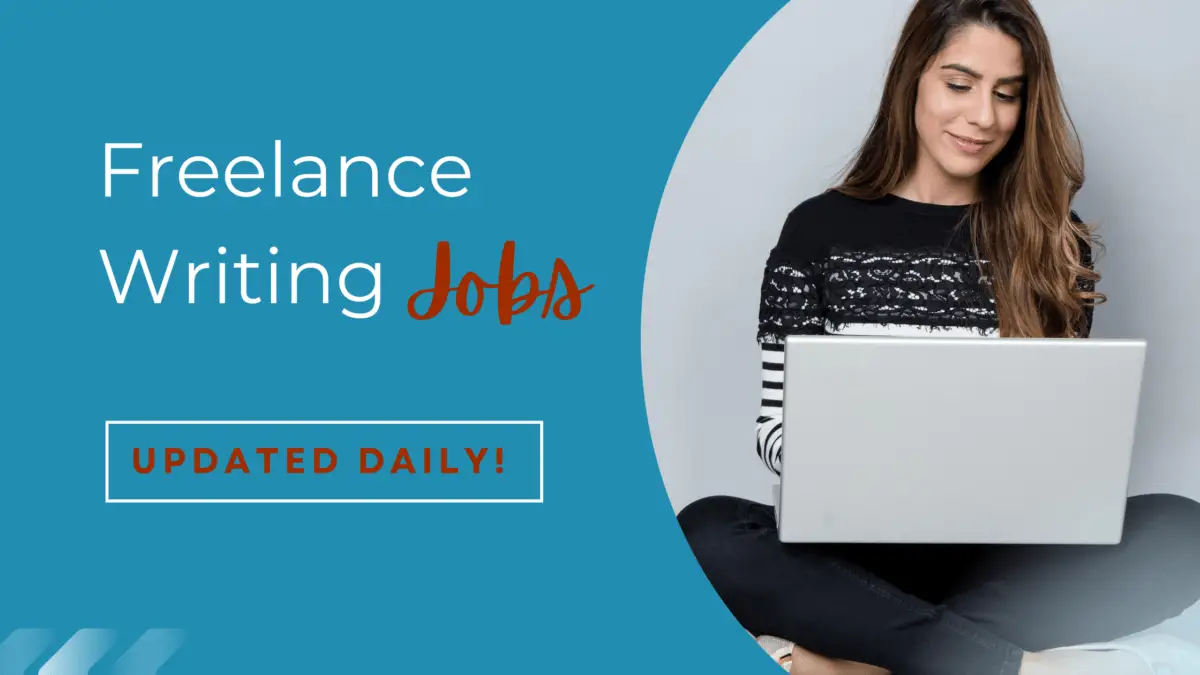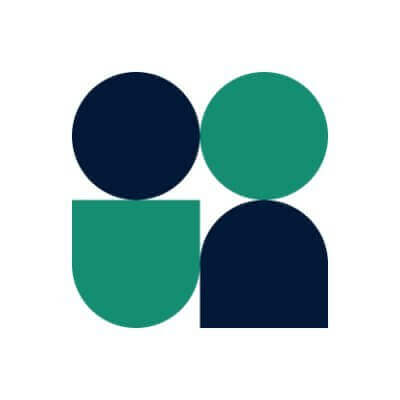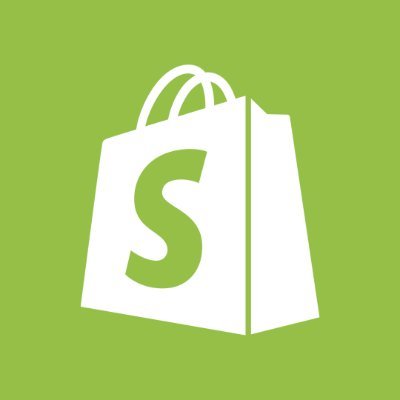Graphic Design Trends in 2025: What You Need to Know
Graphic design is never boring—unless you’re staring at another bland corporate PowerPoint template. Every year brings new ideas, but 2025 is turning up the volume with bold colors, AI experiments, and movement-packed visuals. If you’re designing for a brand, social media, or just trying to make something cool, knowing what’s trending helps keep your designs […]
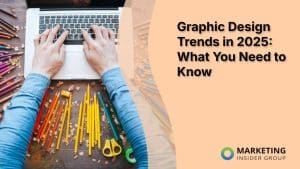

Graphic design is never boring—unless you’re staring at another bland corporate PowerPoint template.
Every year brings new ideas, but 2025 is turning up the volume with bold colors, AI experiments, and movement-packed visuals. If you’re designing for a brand, social media, or just trying to make something cool, knowing what’s trending helps keep your designs fresh.
Quick Takeaways
- Colors are getting louder. Gradients, neon, and high-contrast pairings are making everything pop.
- AI is shaking things up. Some designers love it, others avoid it, but it’s impossible to ignore.
- Motion is taking over. Animation isn’t just for video anymore—websites, branding, and even logos are moving.
- Nostalgia is back. Y2K graphics, pixel art, and 80s-style typography are making a strong return.
Now, let’s break down what’s dominating the design world this year.
Colors That Stand Out
Soft, muted tones had their moment. Now, colors are going full throttle with electric blues, neon pinks, fiery reds, and high-contrast gradients. Designs are bolder, backgrounds are louder, and minimal color schemes? They’re sitting this one out.
Brands are using vibrant hues to grab attention instantly. Gradient overlays and neon accents create depth, while unexpected color pairings make visuals stand out. A website that used to feel calm and neutral now pops with saturated shades. Even packaging design is ditching safe colors for something that jumps off the shelf.
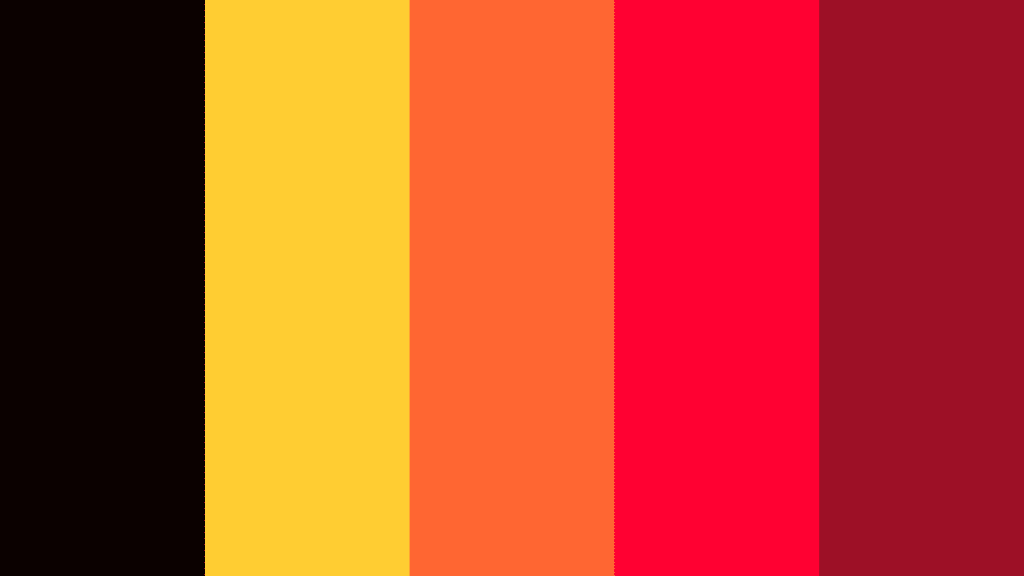
AI’s Influence on Design
AI-generated design is everywhere—sometimes impressively creative, other times painfully obvious. Some designers use AI to generate quick concepts or experiment with styles, while others argue that AI-generated graphics lack originality. The real power comes from blending AI with human creativity.
Hand-drawn details and organic imperfections help balance AI’s precision. Graphic designers are adding subtle touches to AI-generated work to make it feel unique. AI may speed up the process, but the best work still has a human behind it.
Motion Graphics Keep Audiences Hooked
Static images don’t stop the scroll anymore. Subtle animations, micro-interactions, and moving typography make designs feel alive. Brands are incorporating motion into websites, social media, and even logos.
Expect to see:
- Animated text that flows across screens instead of sitting still.
- Hover effects and micro-movements on websites to keep users engaged.
- Social media graphics with slight motion for that extra attention boost.
Even the smallest motion, like a flickering neon effect or a smoothly appearing button, can keep someone focused on a design for just a few seconds longer—and that’s often all it takes.
Retro, Meet Modern
Throwback styles are making a big impact. Y2K aesthetics, 80s-inspired typography, and pixel art are showing up in everything from branding to UI design. Instead of pure nostalgia, designers are mixing old-school vibes with modern layouts and high-tech effects.
Imagine:
- Y2K bubble text mixed with futuristic UI elements.
- Pixel art meeting modern web animations.
- 80s-style color schemes paired with sleek, minimal layouts.
Retro influences are getting a fresh remix instead of a direct copy-paste from the past. It’s nostalgia with a purpose.
3D and Textured Design
Flat design had its time, but textures and 3D elements are shaking things up. Layered compositions, realistic shading, and floating objects add depth to websites, branding, and digital art. Even typography is playing with 3D illusions, making letters feel like they’re lifting off the screen.
Instead of feeling overwhelming, these elements are being used sparingly to create an immersive experience. A website might use a few floating icons, while an app interface adds slight depth to buttons. Small changes make a big impact.
Minimalism is Back
Minimalist design is still popular, but it’s getting an upgrade. Instead of simple layouts that feel cold and corporate, designers are injecting personality into the simplicity. Unexpected shapes, asymmetry, and textural contrasts keep minimal designs from feeling stale.
Elements of the new minimalism include:
- Oversized typography. Large, bold fonts create emphasis without clutter.
- Subtle textures. Light grain or soft gradients add depth without overpowering the clean aesthetic.
- Unexpected layout choices. Asymmetry keeps things interesting without sacrificing readability.
Minimalism isn’t disappearing—it’s just getting a little more personality.
Be Authentic, Not Perfect
Overly polished stock images and generic visuals aren’t connecting with audiences anymore. Raw, unfiltered photography and hand-drawn illustrations are becoming more common. Brands want their designs to feel real.
Real people, genuine emotions, and imperfections make visuals feel more human. Audiences connect with authenticity, not another perfectly staged coffee cup next to a laptop.

Typography Makes a Statement
Fonts are getting bigger, bolder, and more experimental. Custom lettering and hand-drawn fonts are popping up in branding and digital design. Serif fonts, once considered too traditional, are making a stylish comeback.
Trendy typography styles in 2025:
- Chunky, bold fonts. Attention-grabbing text that dominates the screen.
- Handwritten lettering. Adds a personal, organic feel to branding.
- Serifs with a twist. Classic fonts with modern adjustments for a fresh look.
Fonts are no longer just about readability. They set the tone for the entire design.
Gradients and Overlays Have a Purpose
Flat colors had their time in the spotlight. Now, gradients are coming back with rich, high-contrast blends. Subtle overlays create depth and make designs feel more dynamic.
Designers are using:
- Bright color transitions for energetic, eye-catching visuals.
- Soft gradient backgrounds that add depth without distraction.
- Transparent overlays to create layering effects.
Gradients add a sense of movement, even in static designs.
Sustainability and Ethical Design Matter
Brands are prioritizing sustainability in design, both in materials and messaging. Eco-friendly packaging, digital-first branding, and minimalist design techniques reduce environmental impact.
Ethical design also means creating accessible visuals. High contrast for readability, clean layouts, and inclusive imagery help designs connect with a wider audience.
The Bottom Line
Graphic design in 2025 is bold, expressive, and a little rebellious. Vibrant colors, movement, and AI-assisted creativity shape what’s next. Nostalgic influences get modern upgrades, while authenticity and accessibility matter more than ever.
Trends come and go, but the best designs break a few rules while staying true to their purpose. Whether you’re embracing retro vibes, playing with motion, or experimenting with AI, the best work always stands out for the right reasons.
An attractive website is crucial for your business’s success. Marketing Insider Group’s Graphic and Website Design Services are designed to help you create a stunning online presence that captivates your audience and drives results. To chat with us, book a FREE demo via Zoom call here.









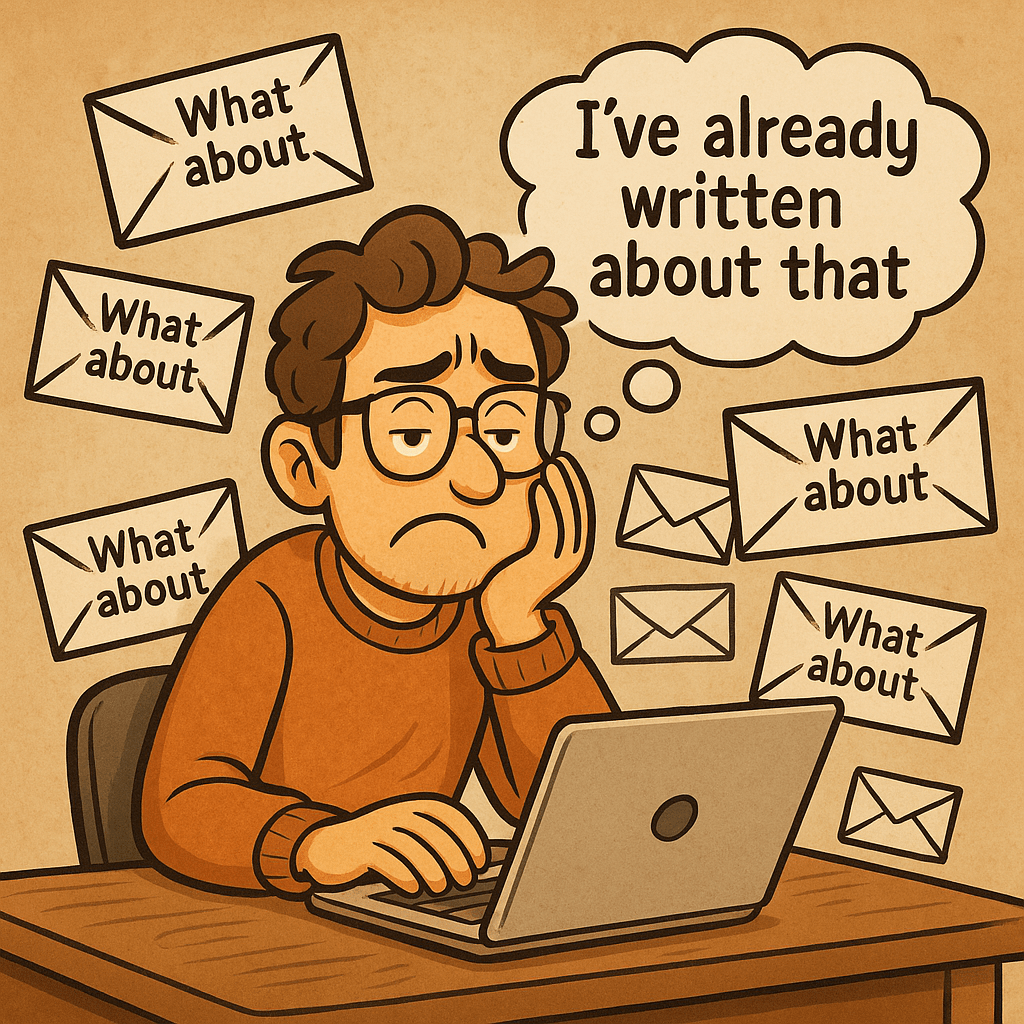







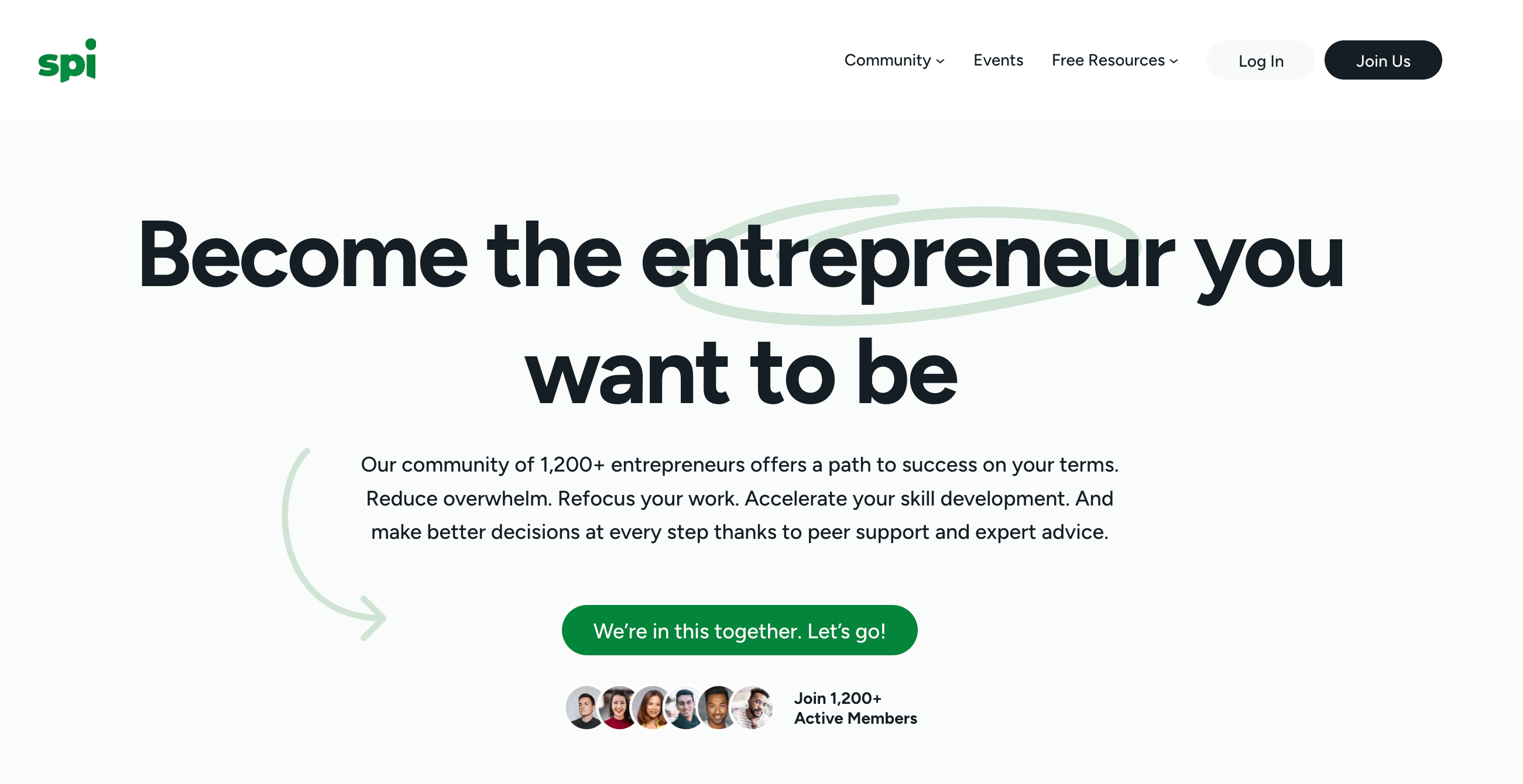


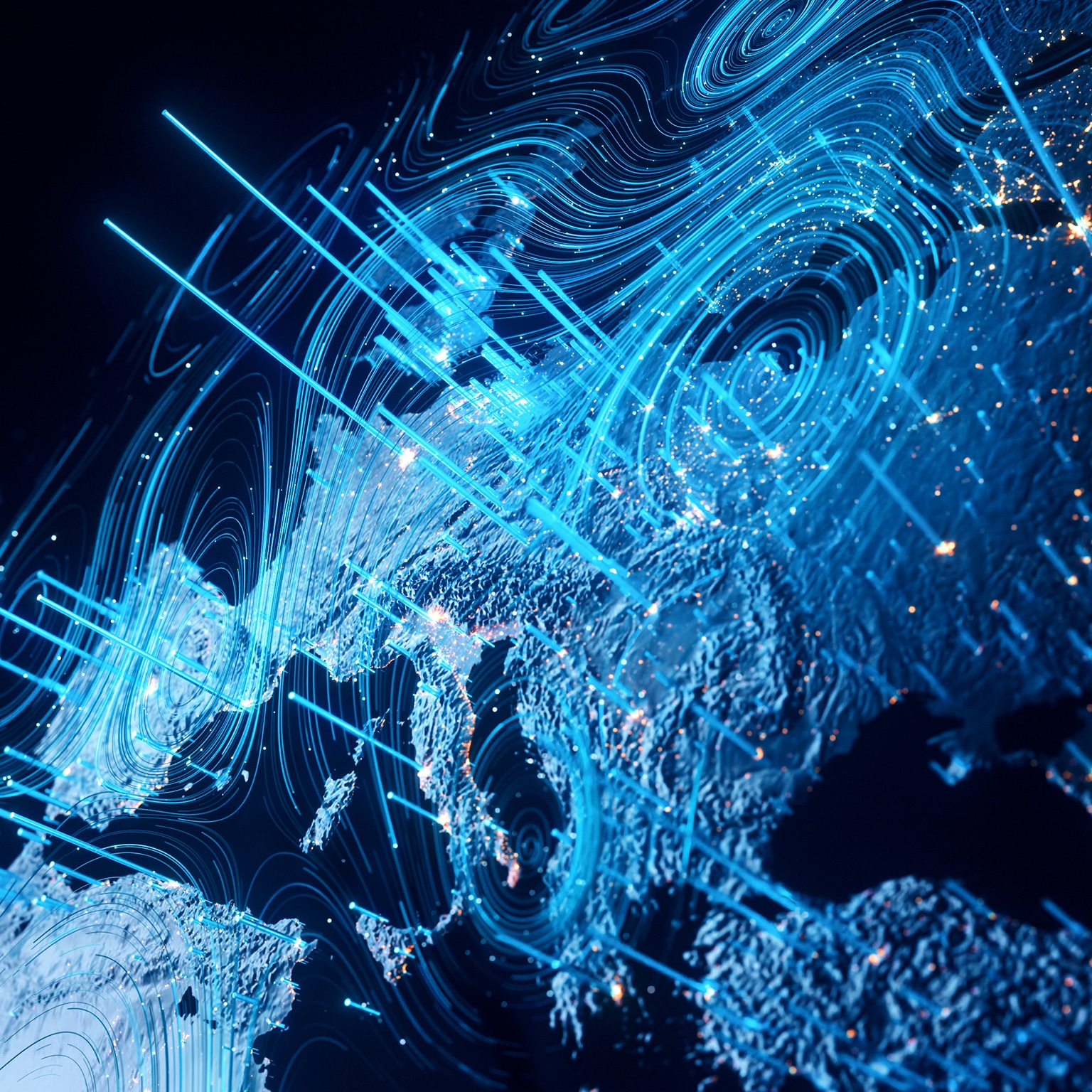

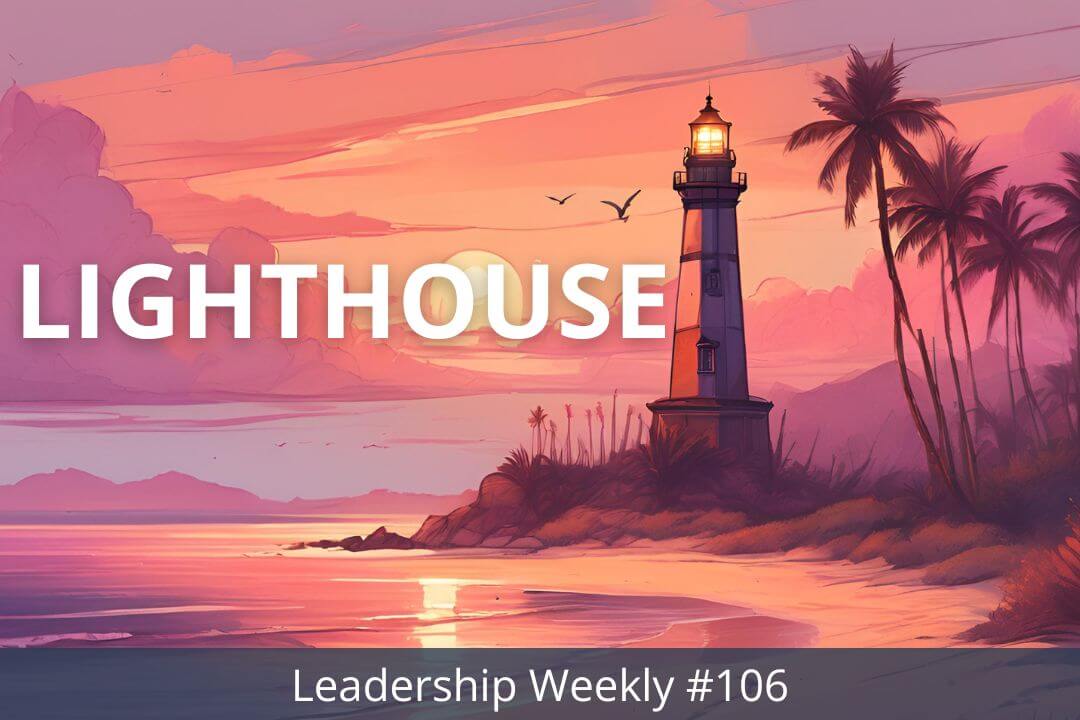

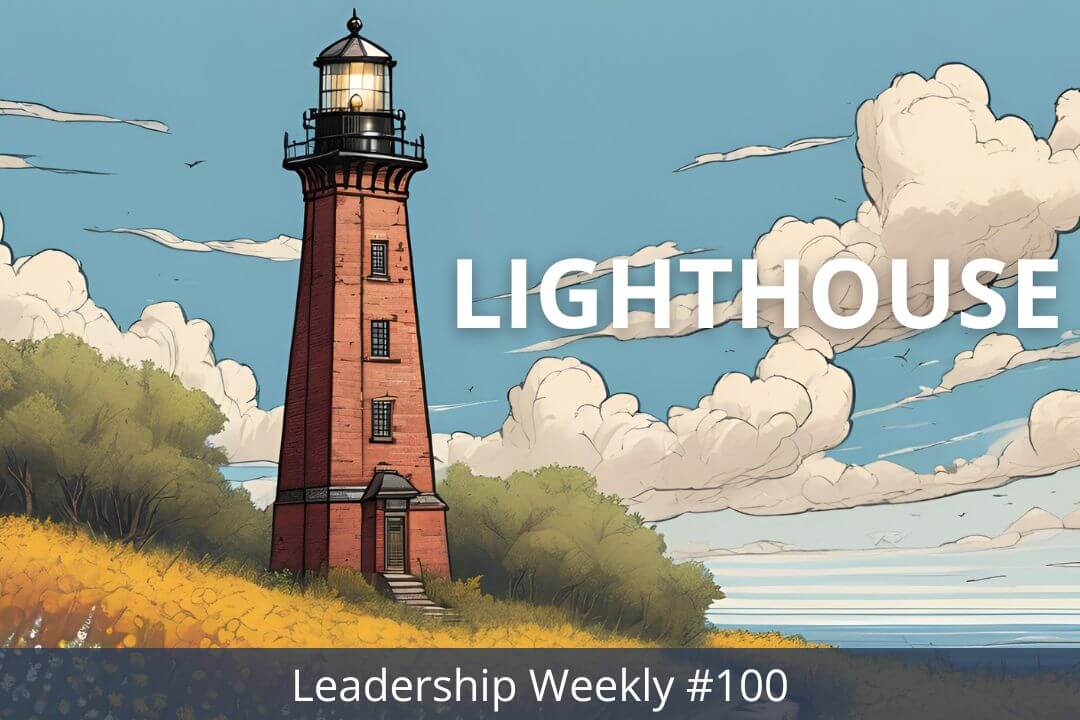
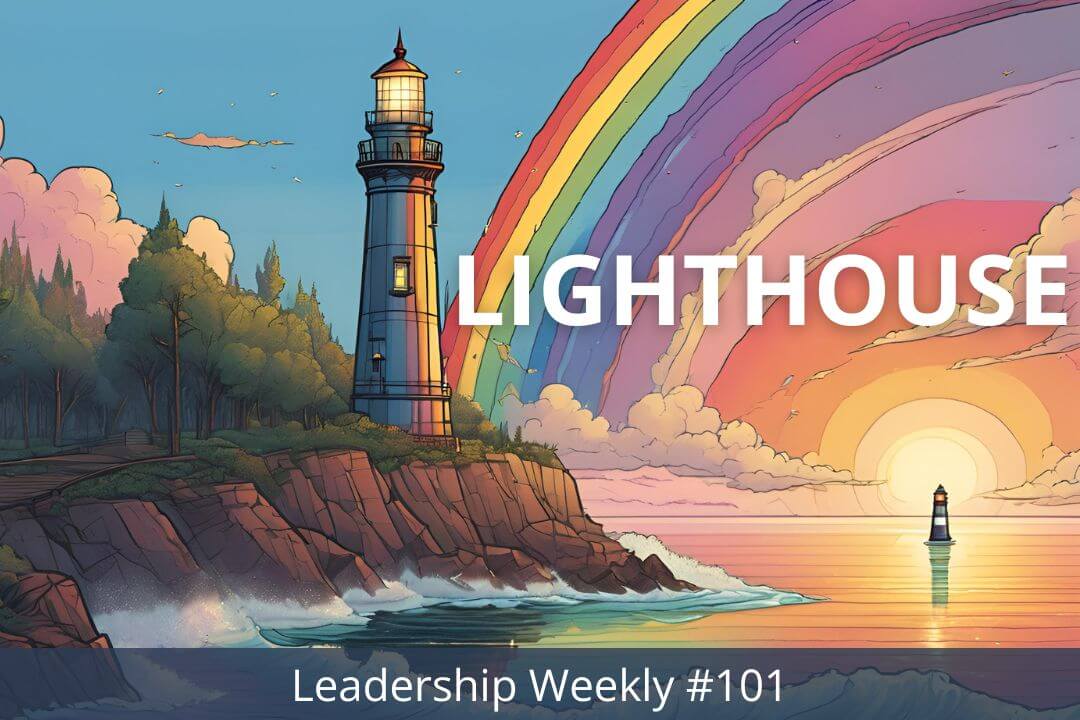
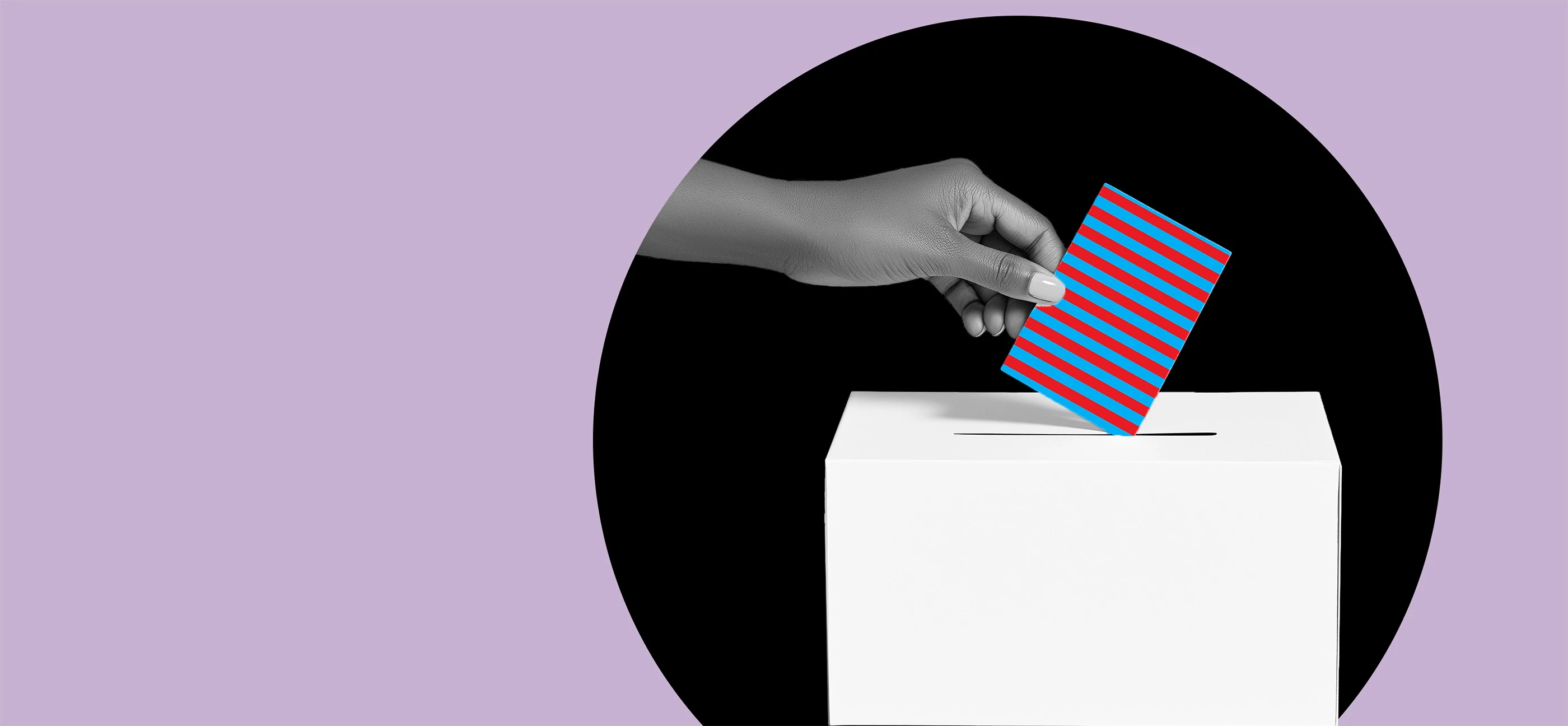
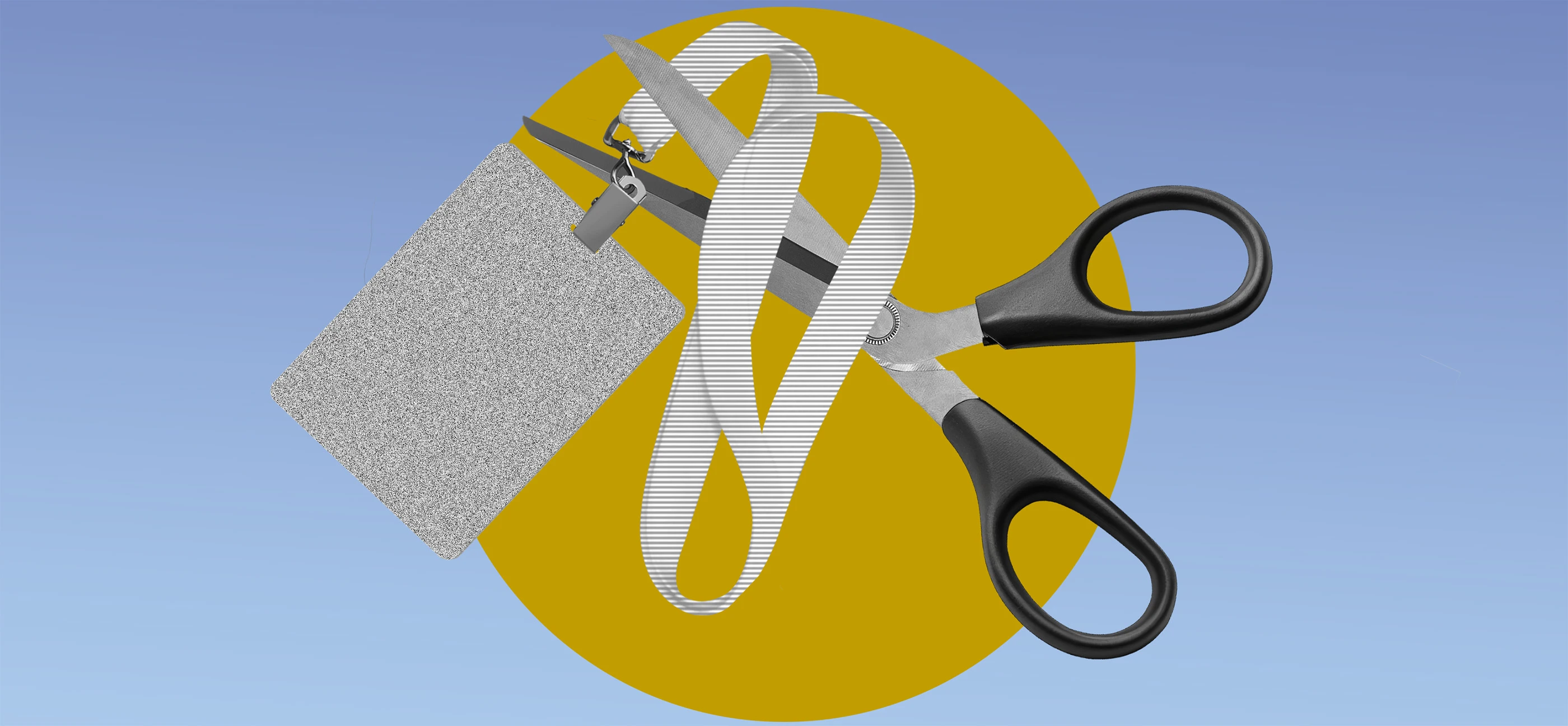







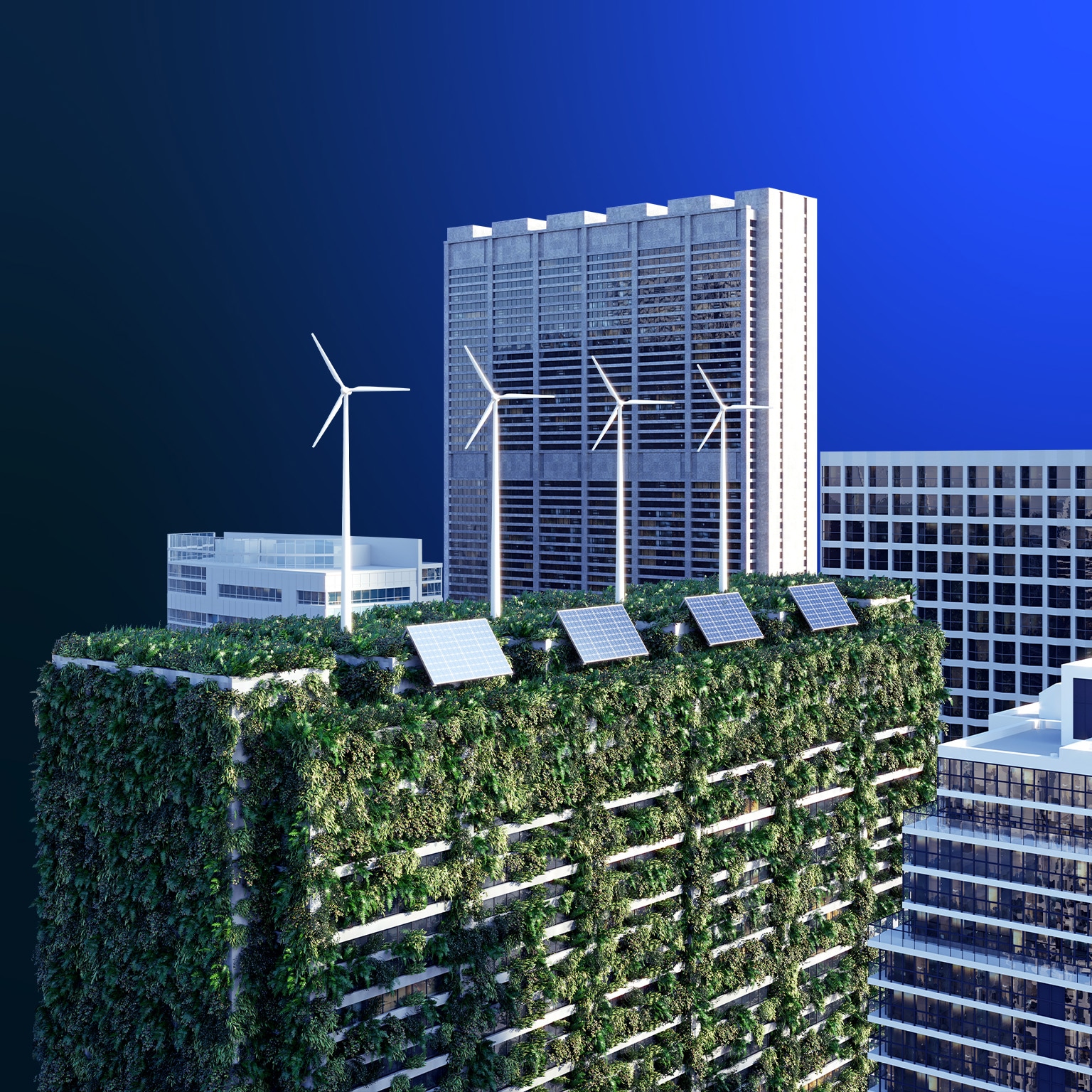
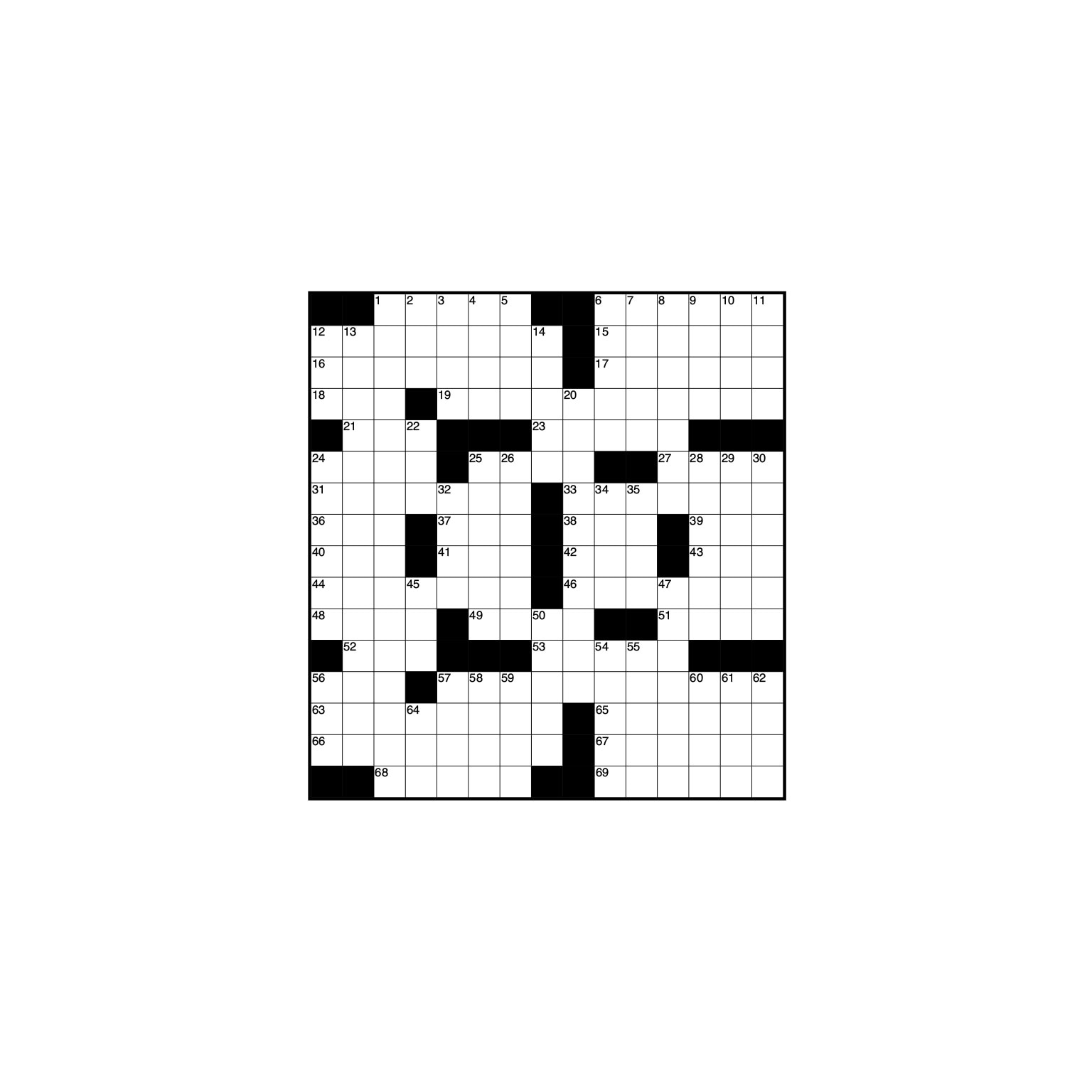
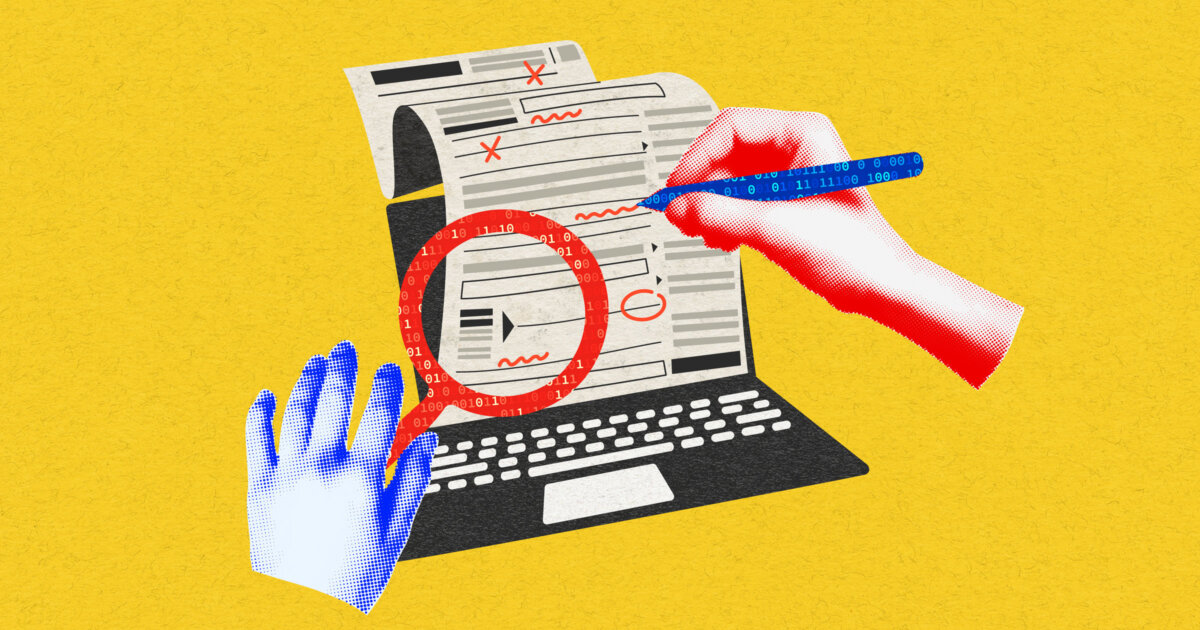
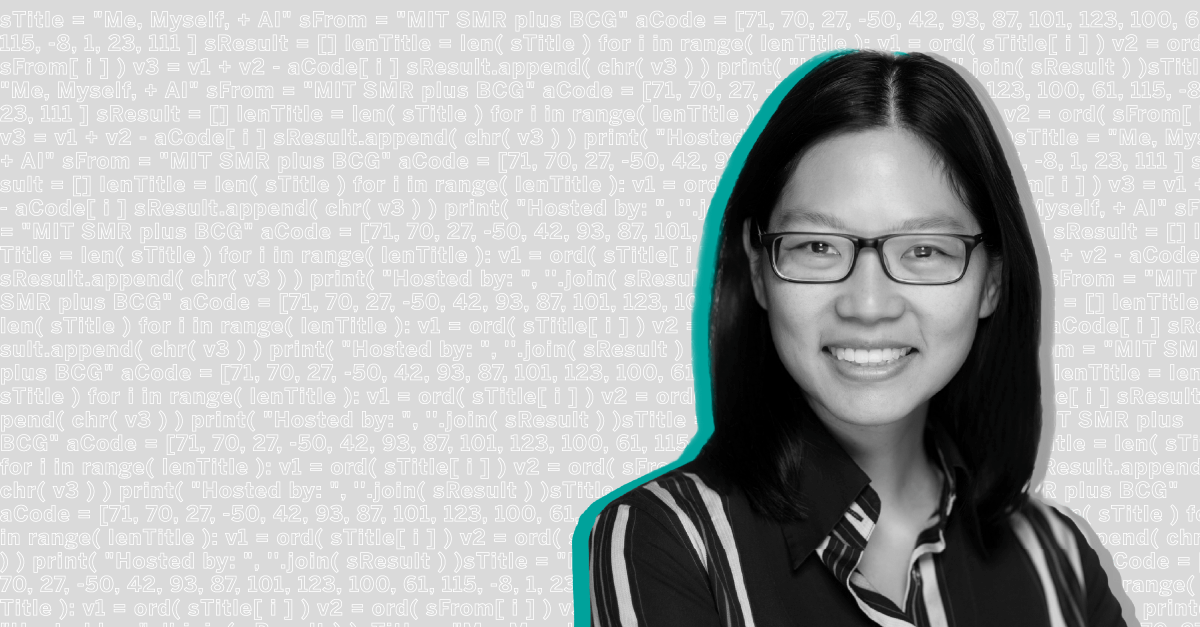
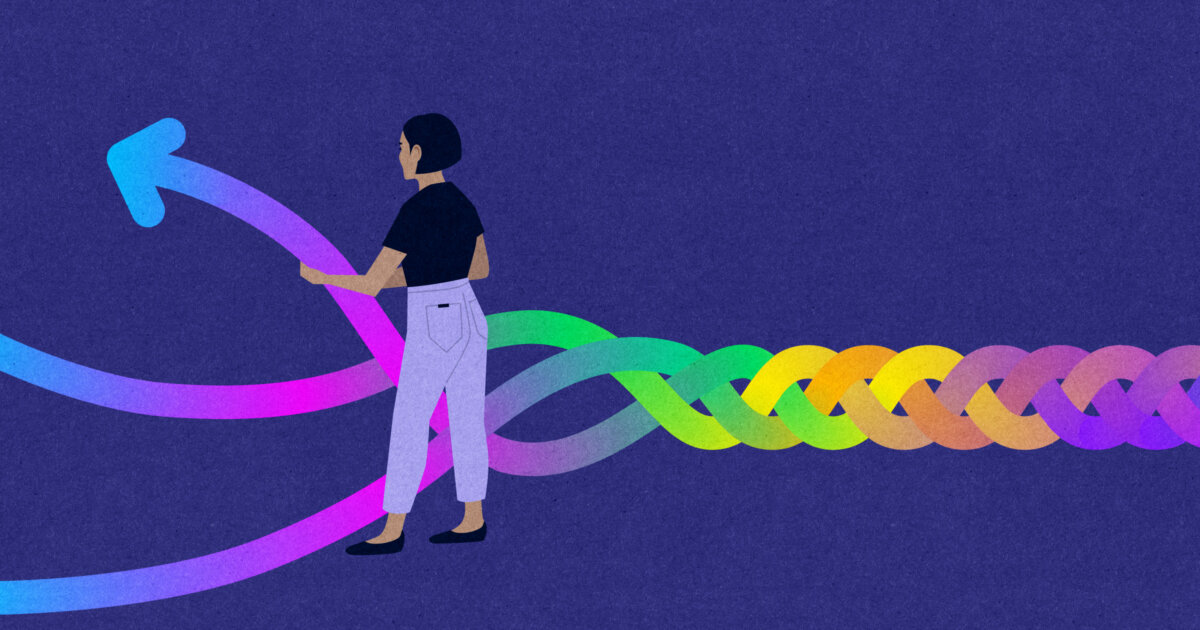
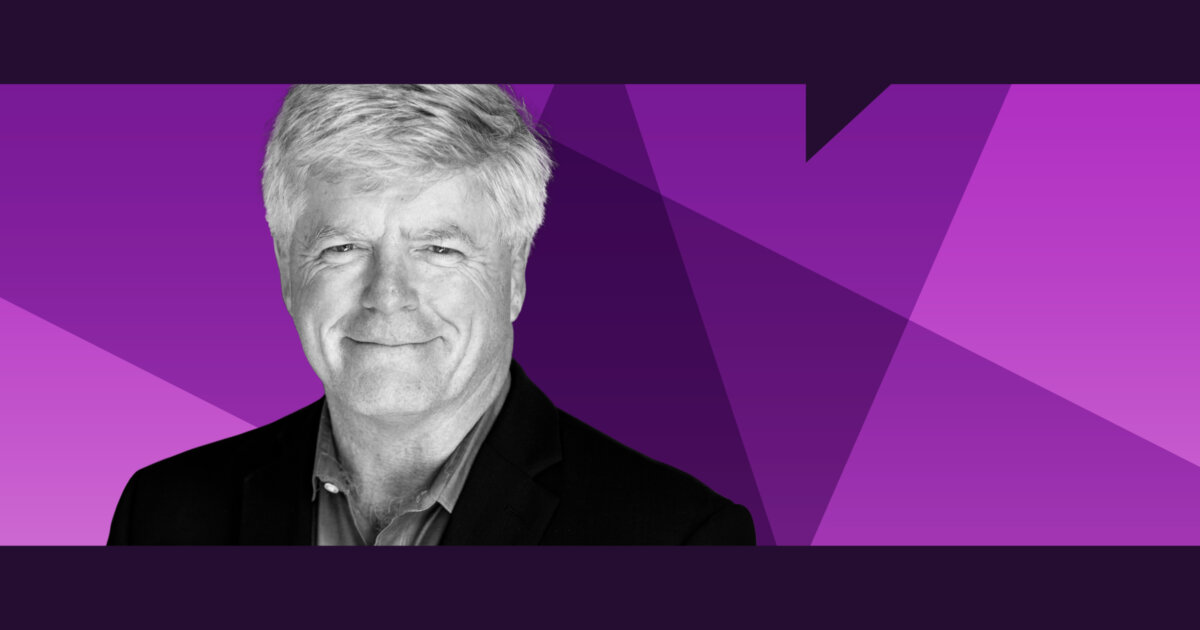

















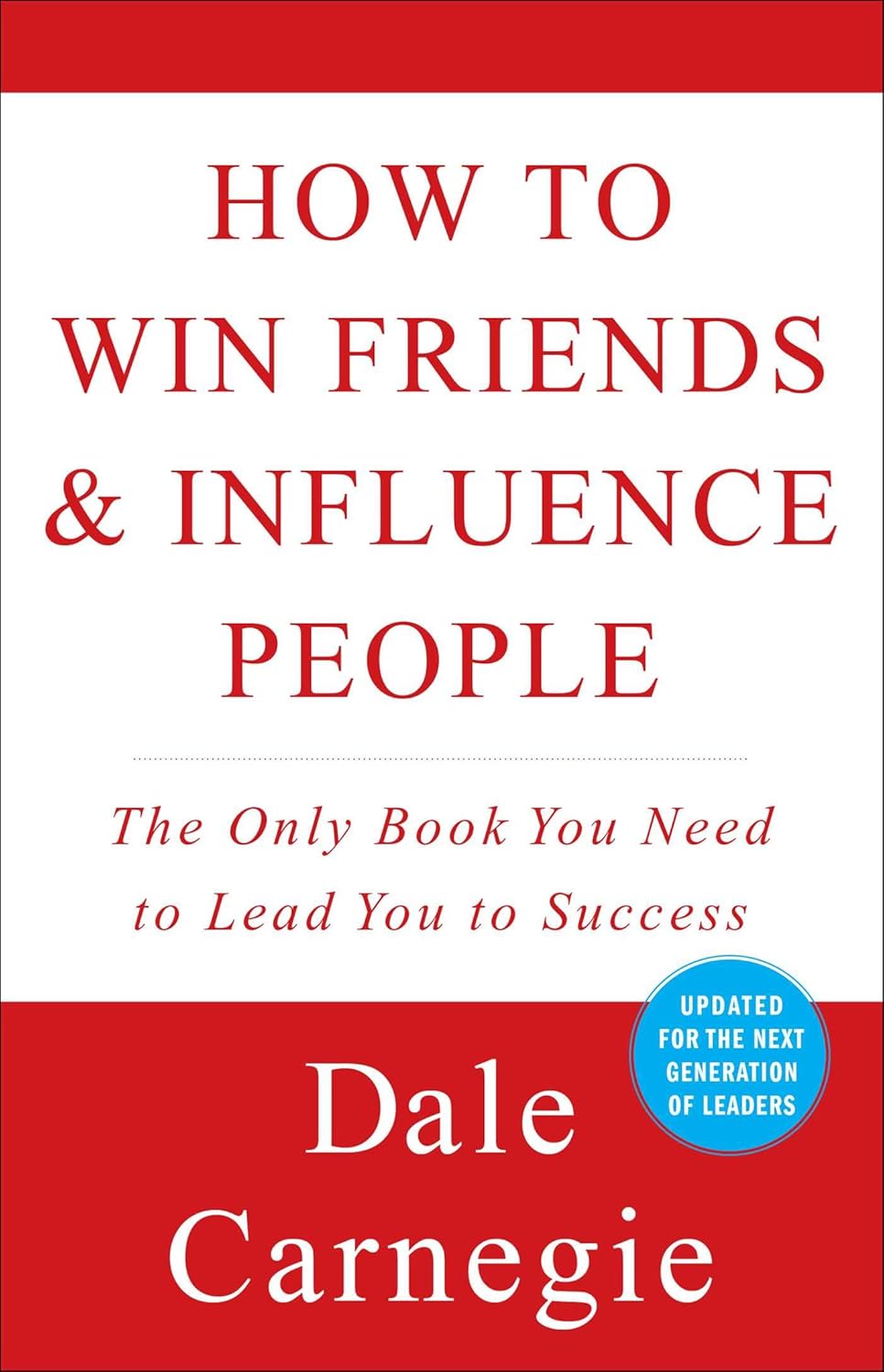
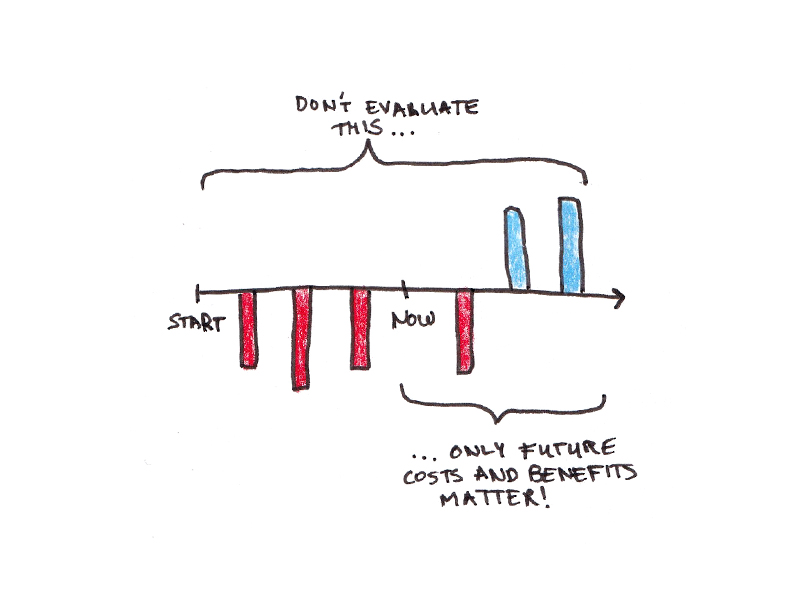
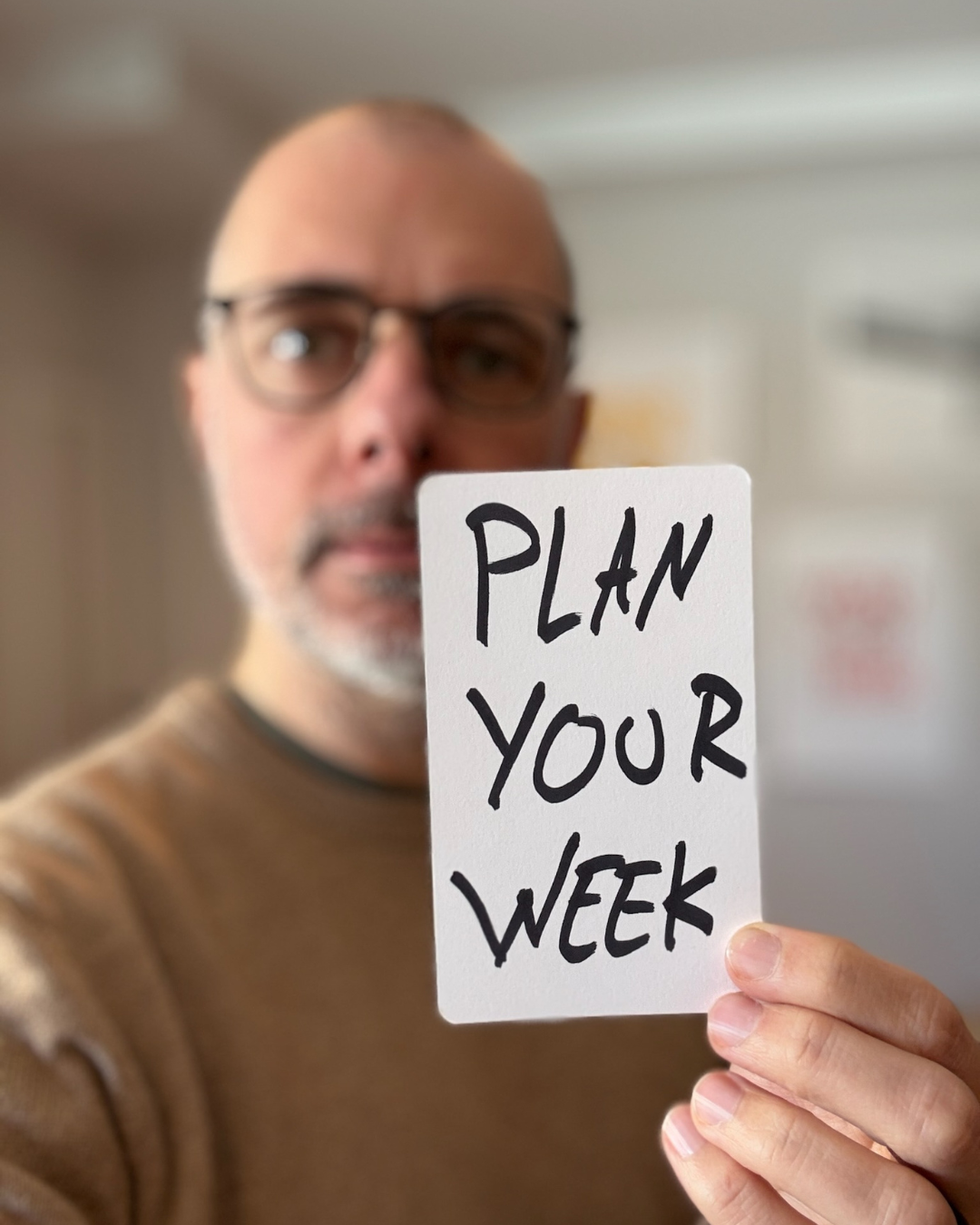
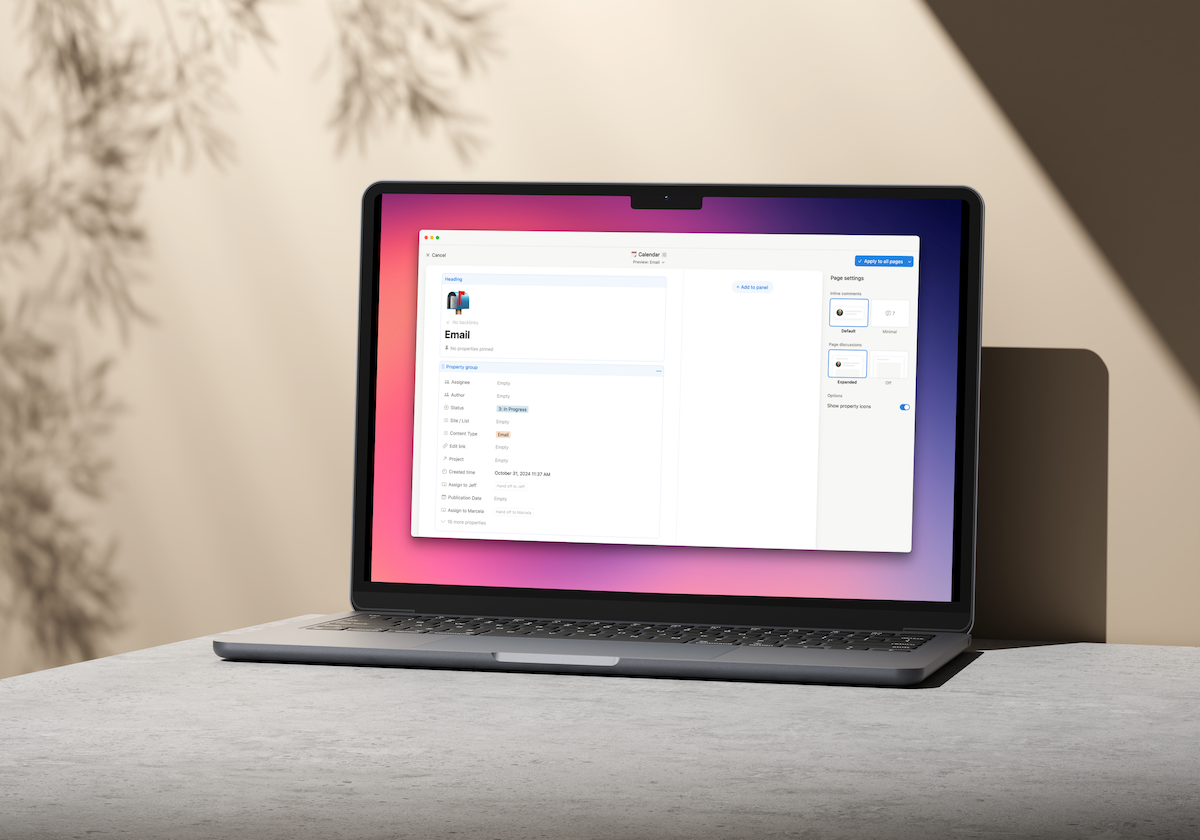
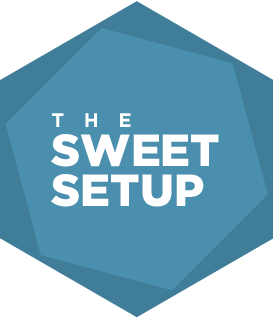







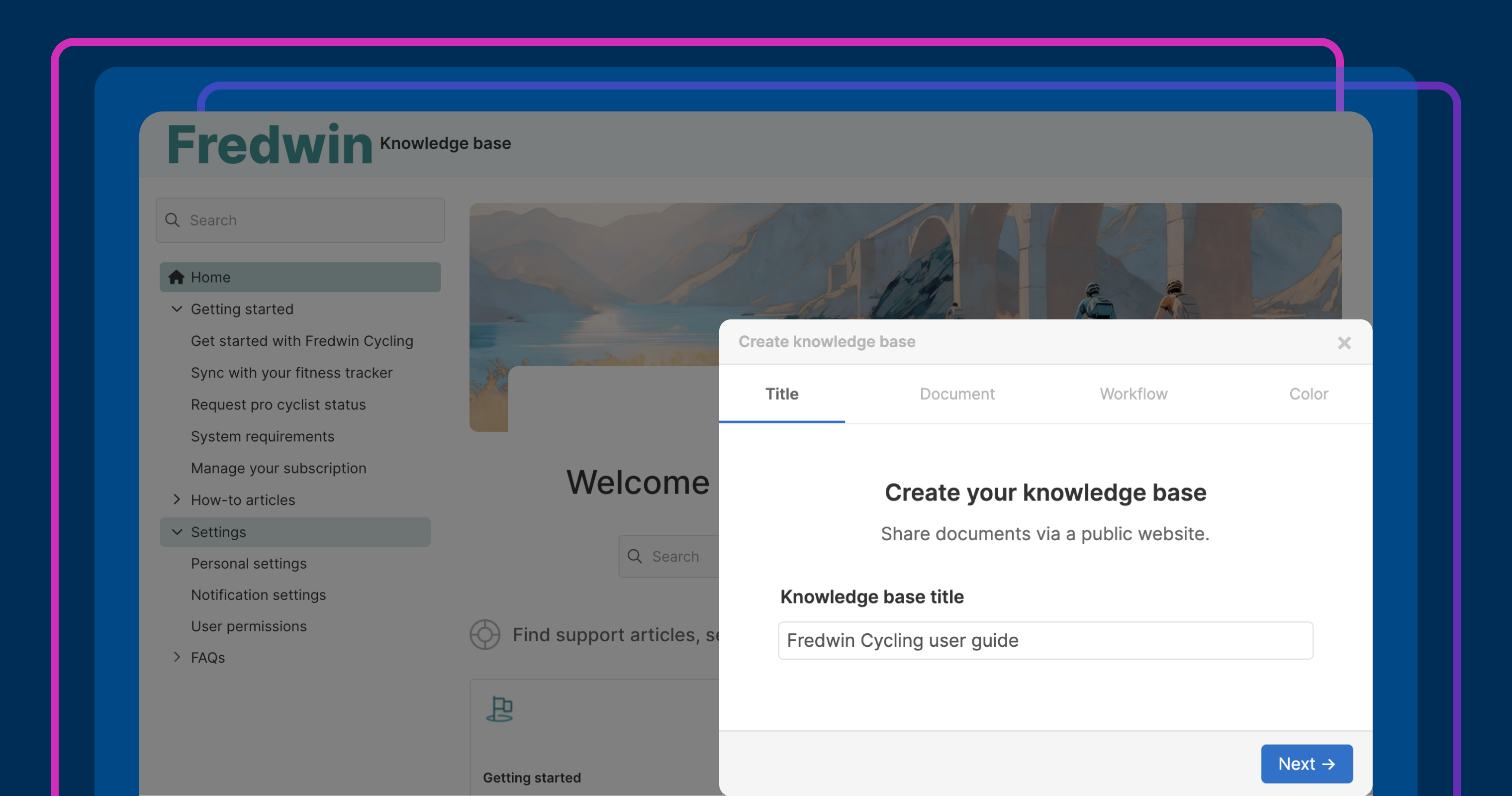

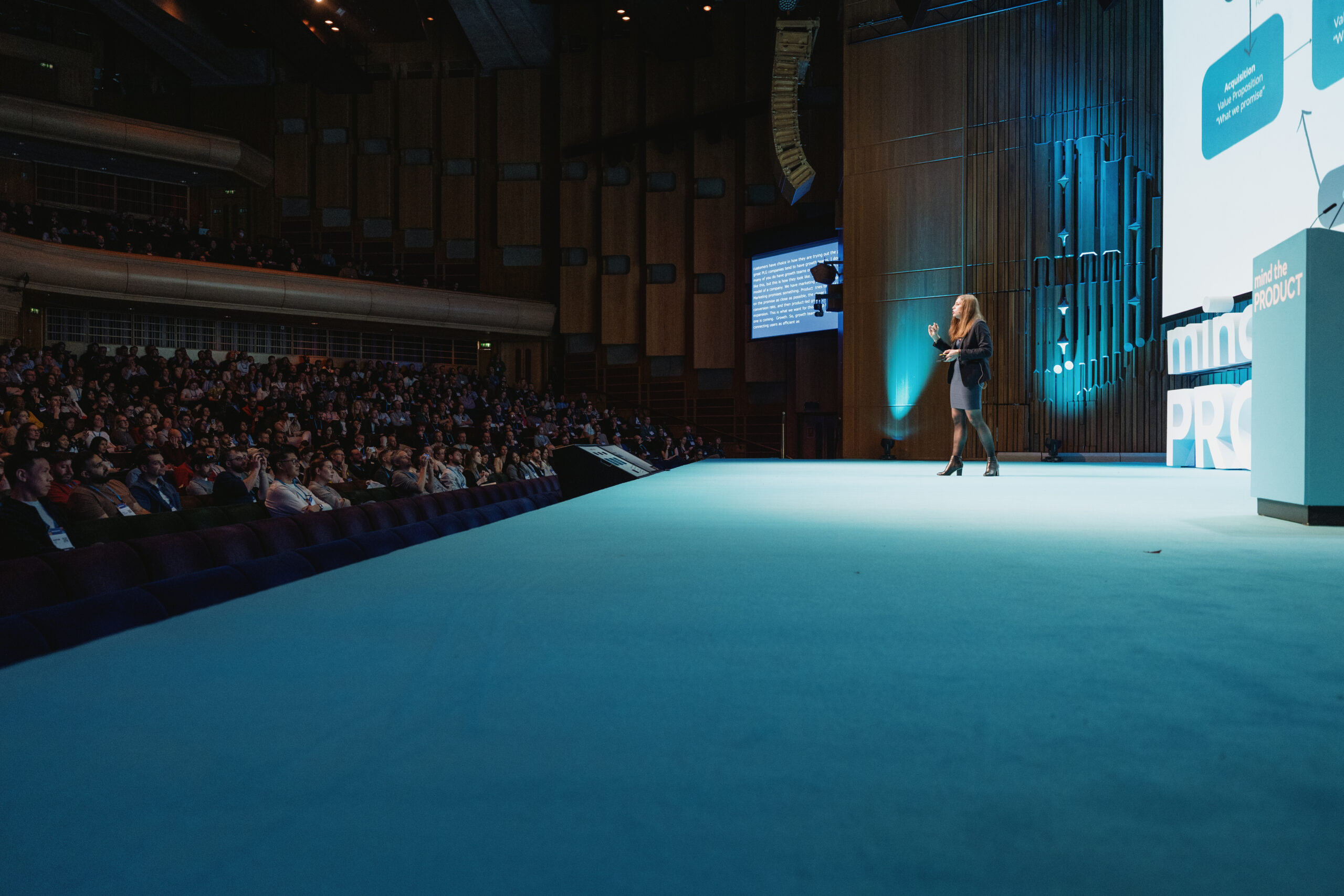
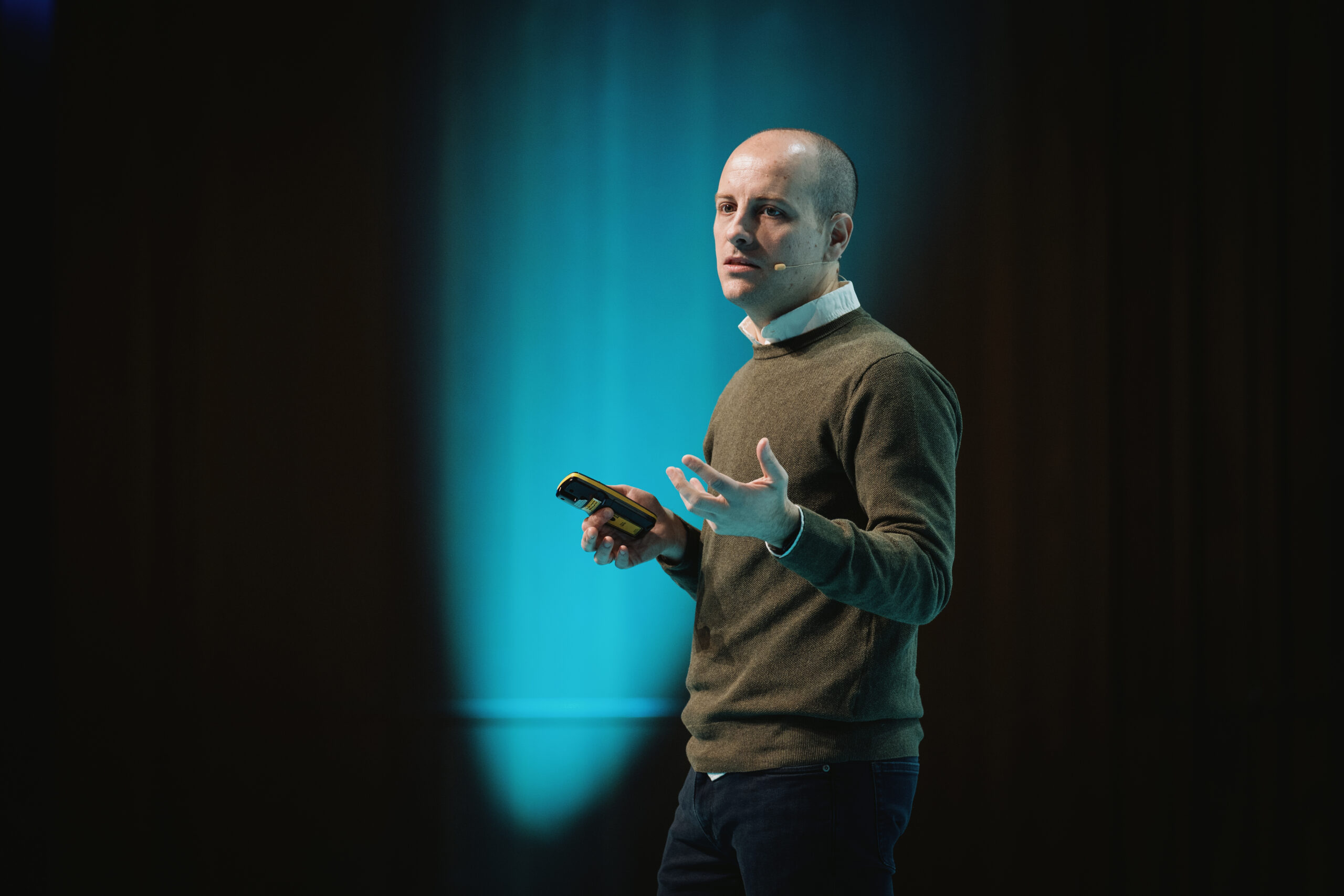
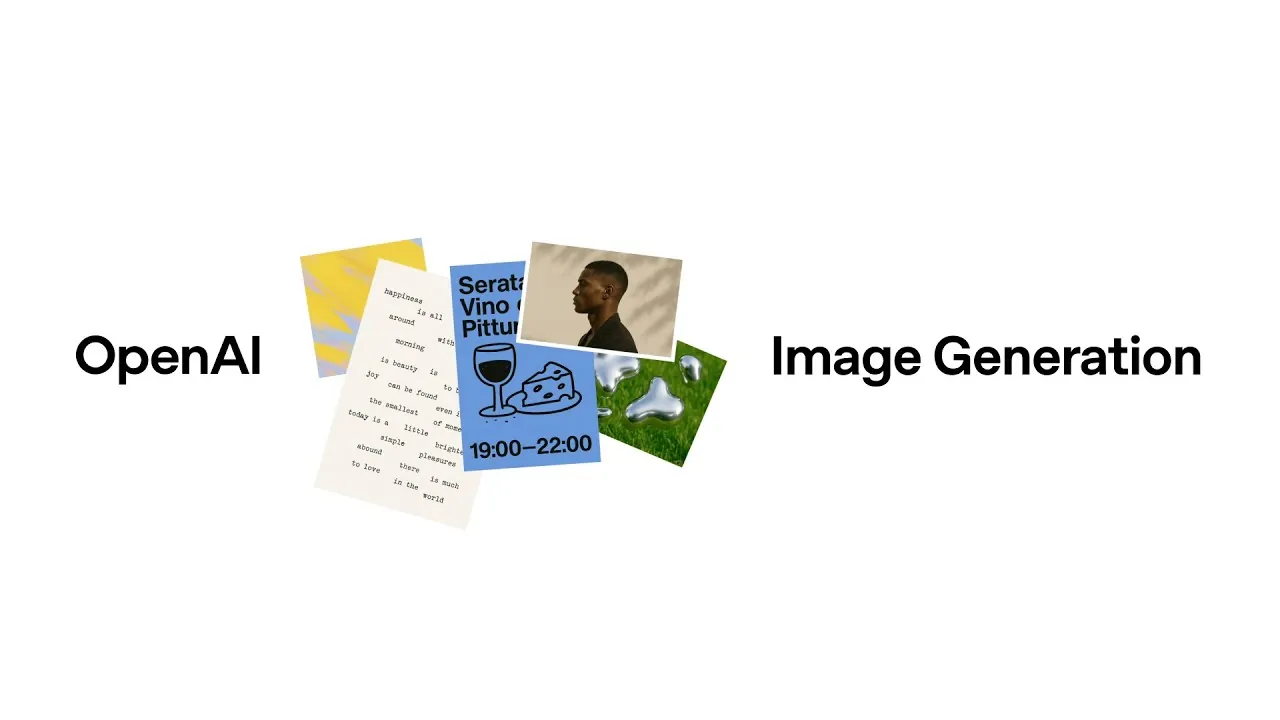
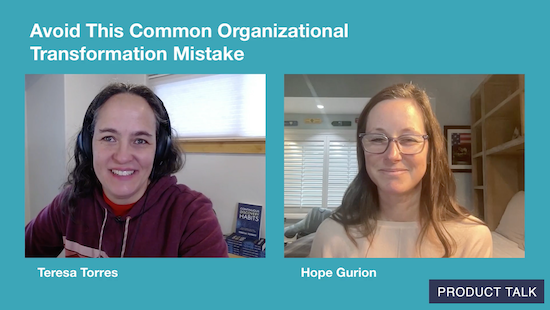
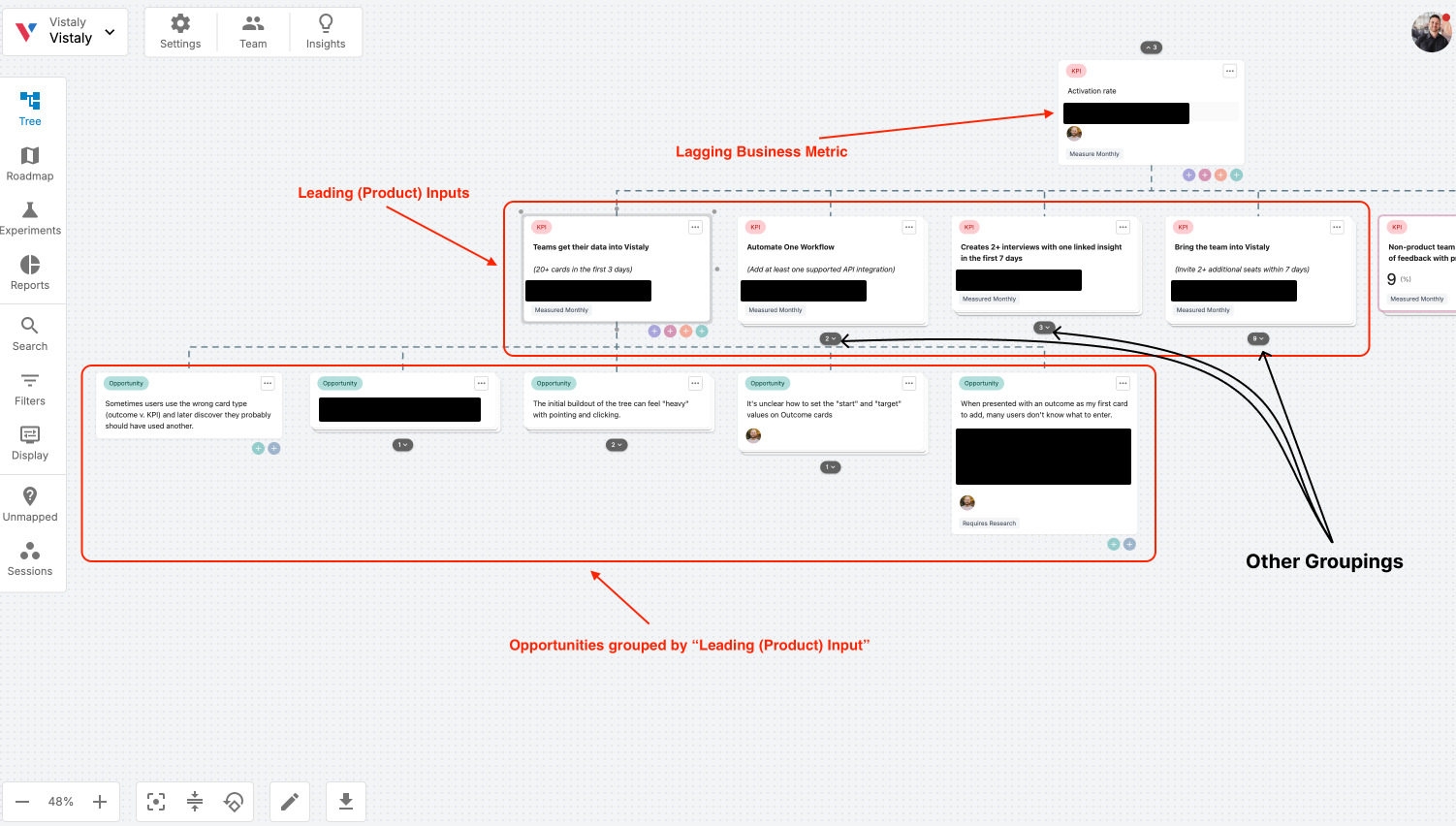
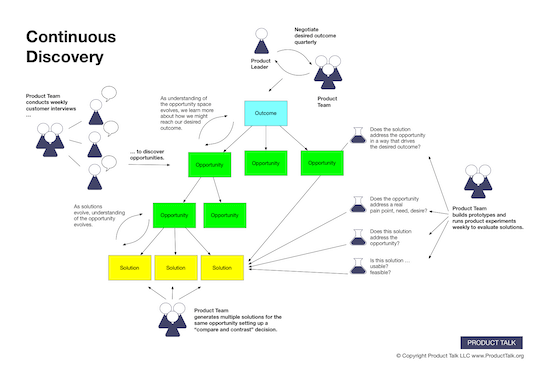
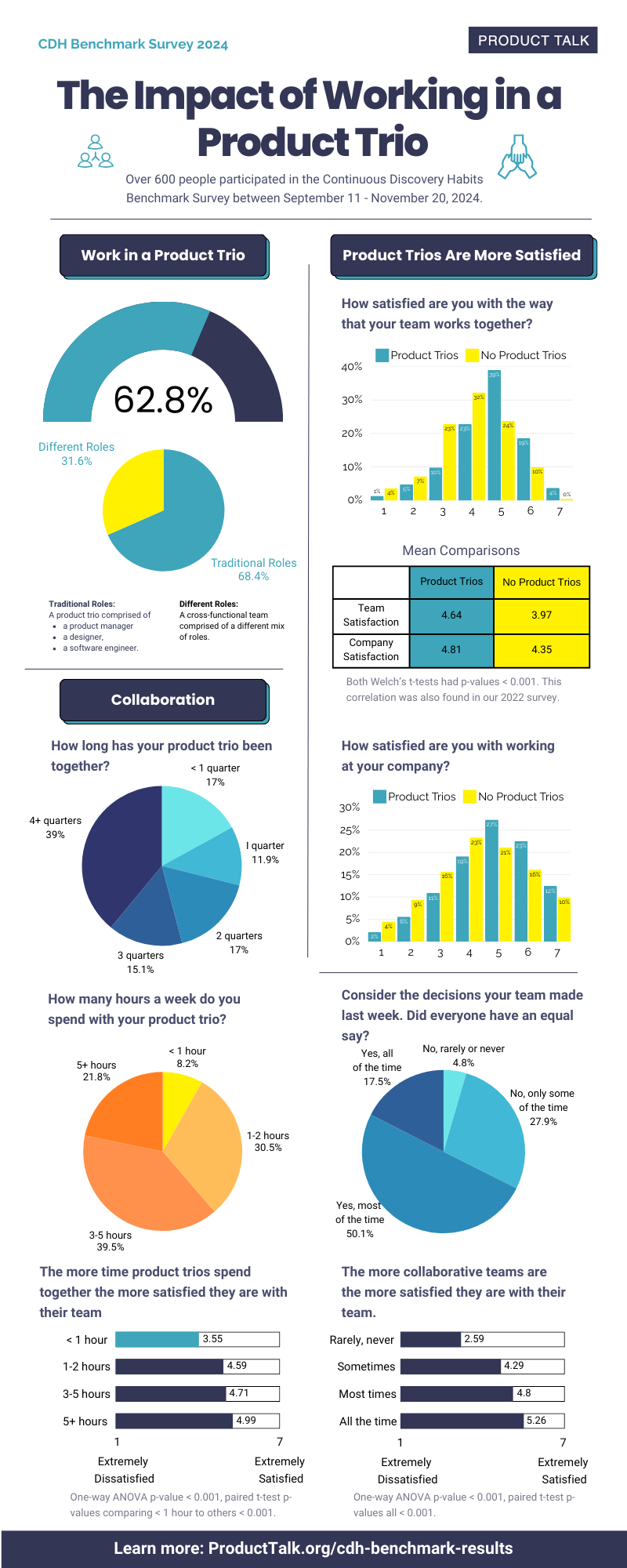
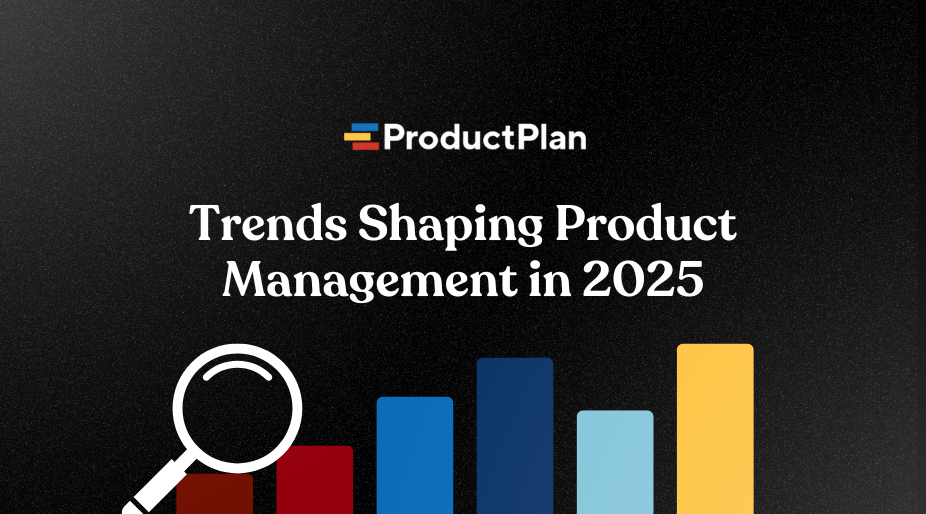


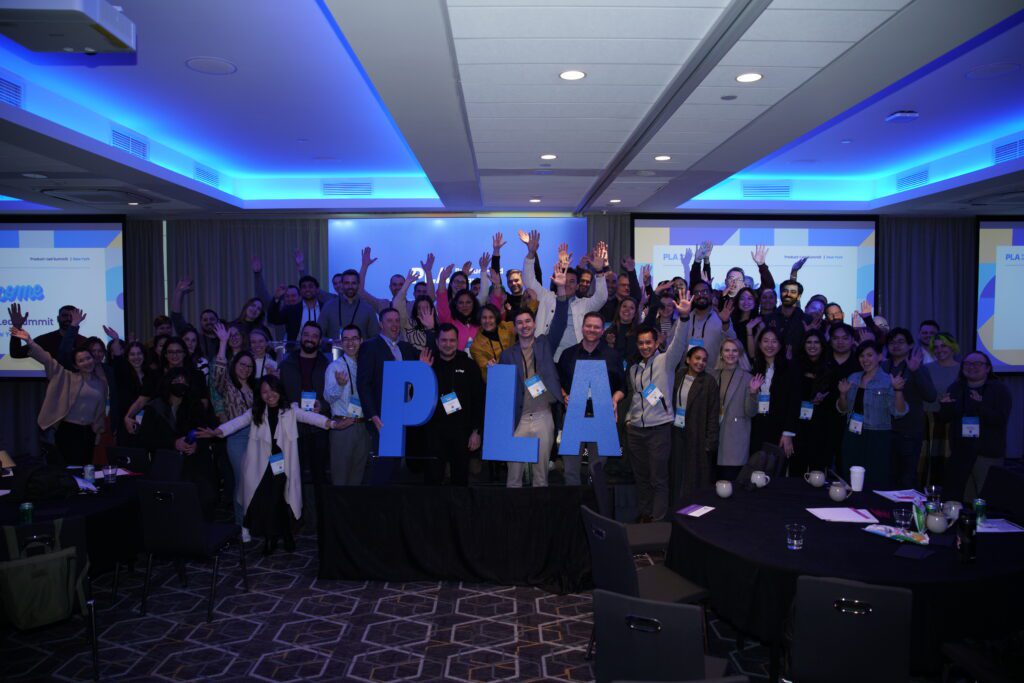







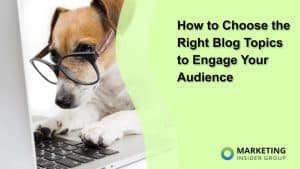

![Building A Digital PR Strategy: 10 Essential Steps for Beginners [With Examples]](https://buzzsumo.com/wp-content/uploads/2023/09/Building-A-Digital-PR-Strategy-10-Essential-Steps-for-Beginners-With-Examples-bblog-masthead.jpg)
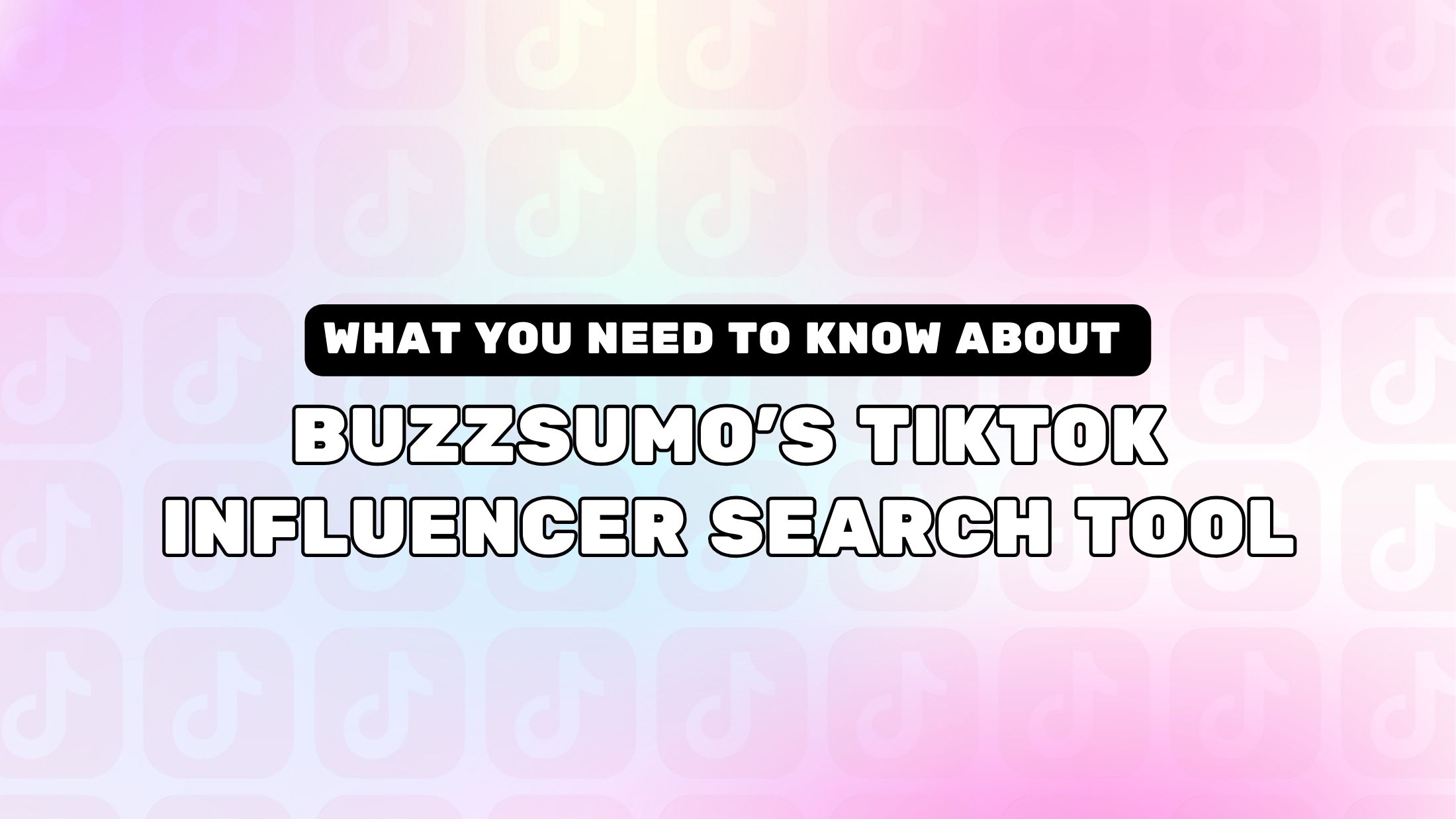
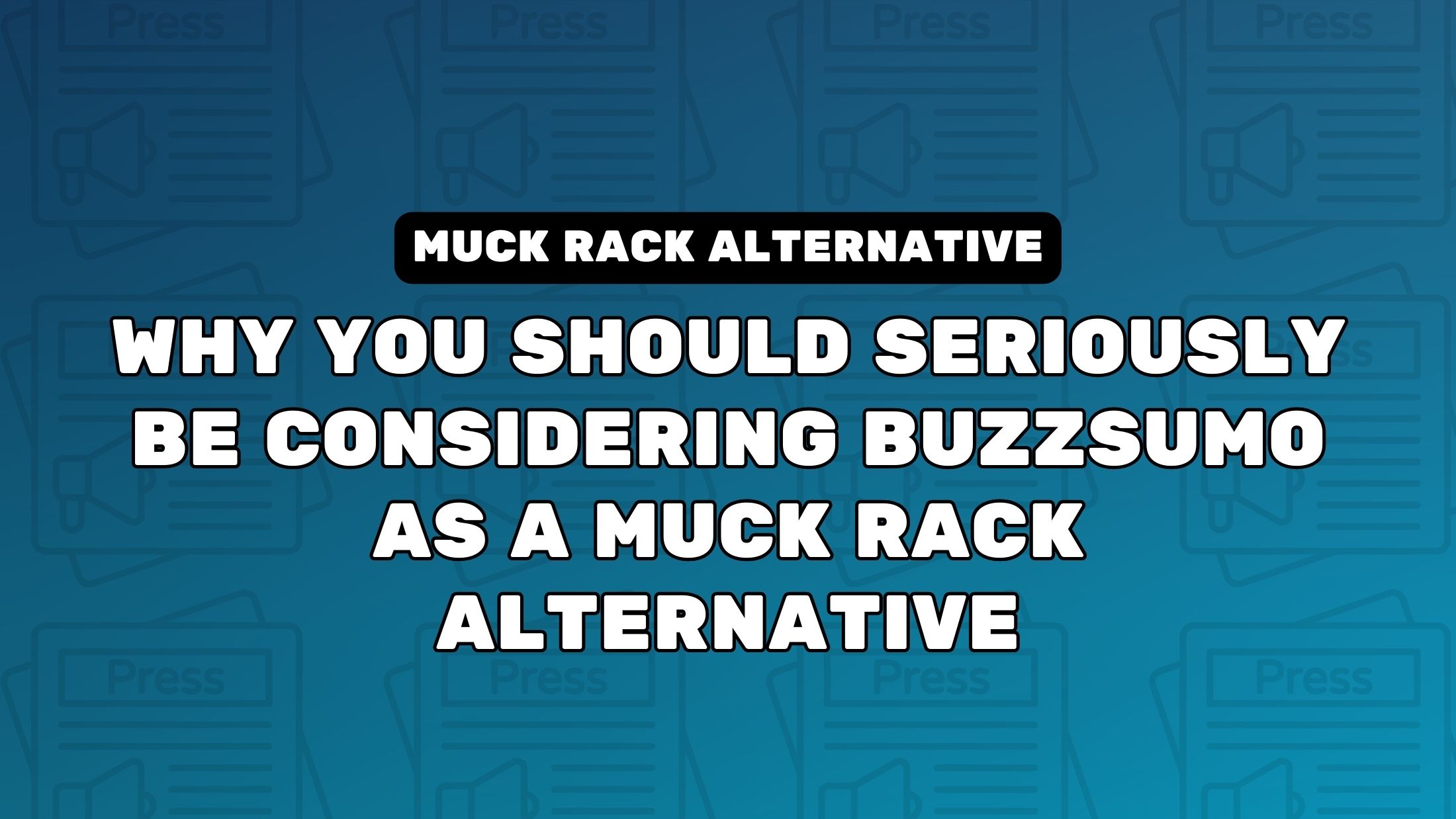
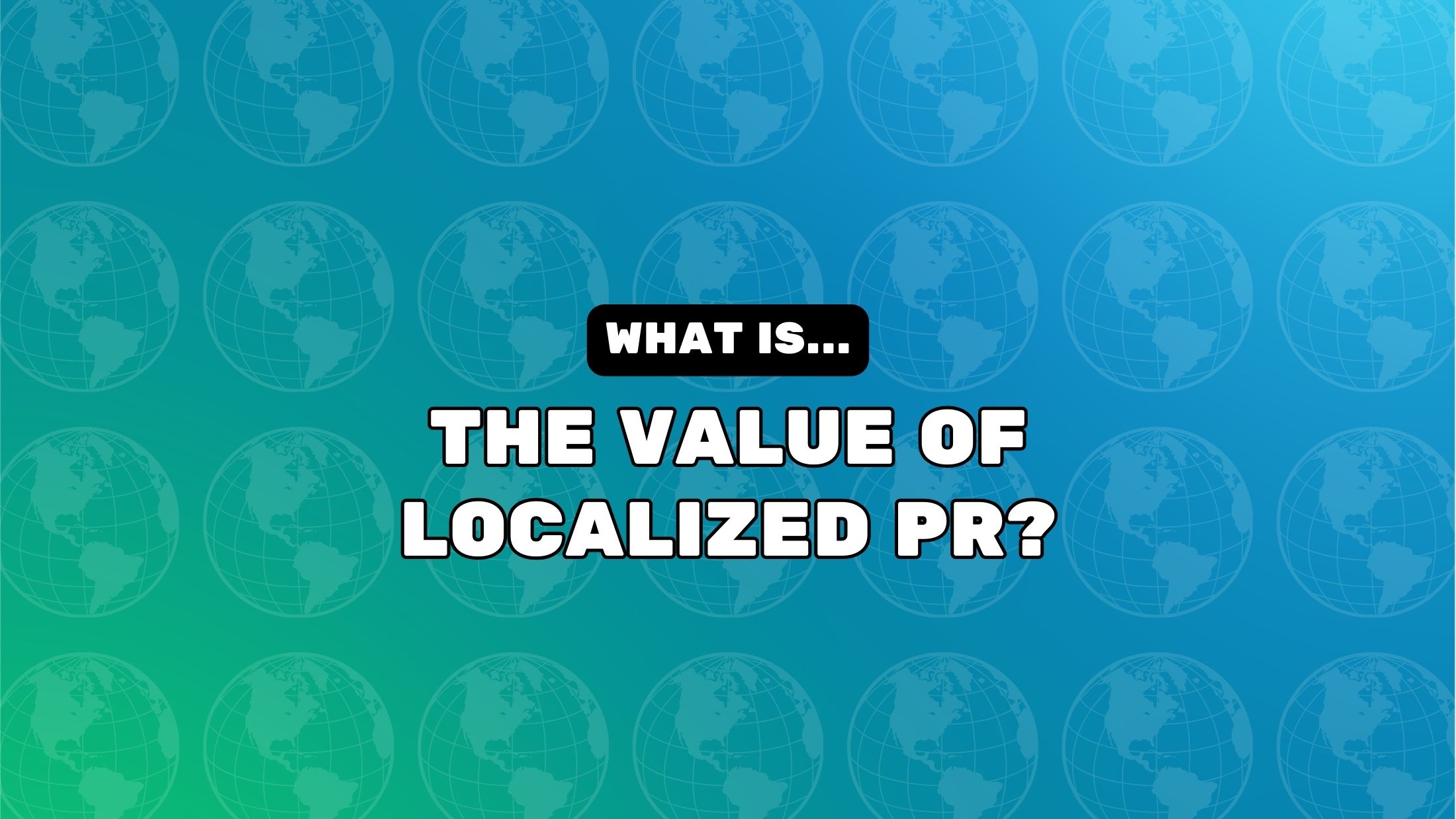
![How One Brand Solved the Marketing Attribution Puzzle [Video]](https://contentmarketinginstitute.com/wp-content/uploads/2025/03/marketing-attribution-model-600x338.png?#)




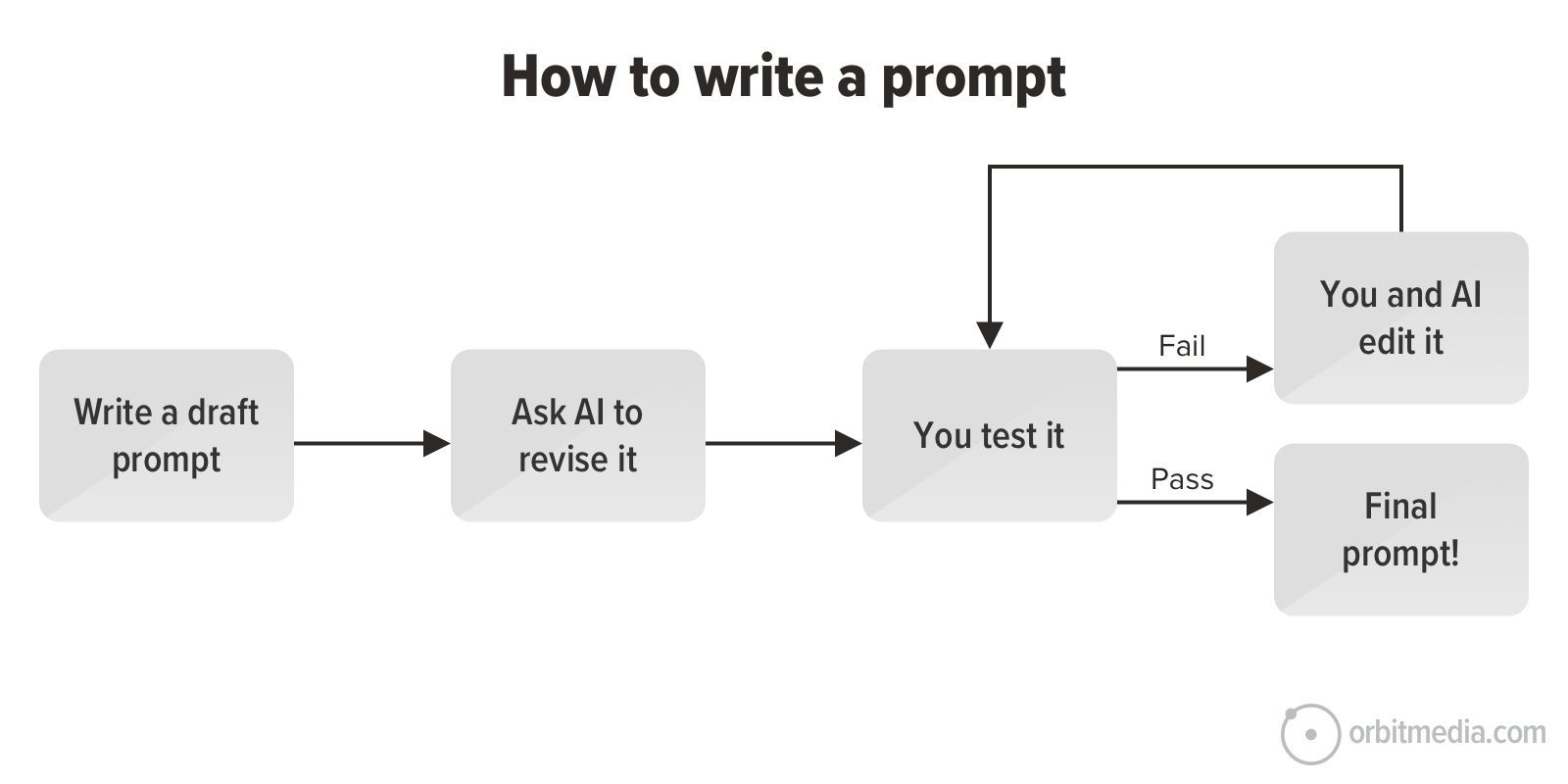
![How to Use GA4 to Track Social Media Traffic: 6 Questions, Answers and Insights [VIDEO]](https://www.orbitmedia.com/wp-content/uploads/2023/06/ab-testing.png)
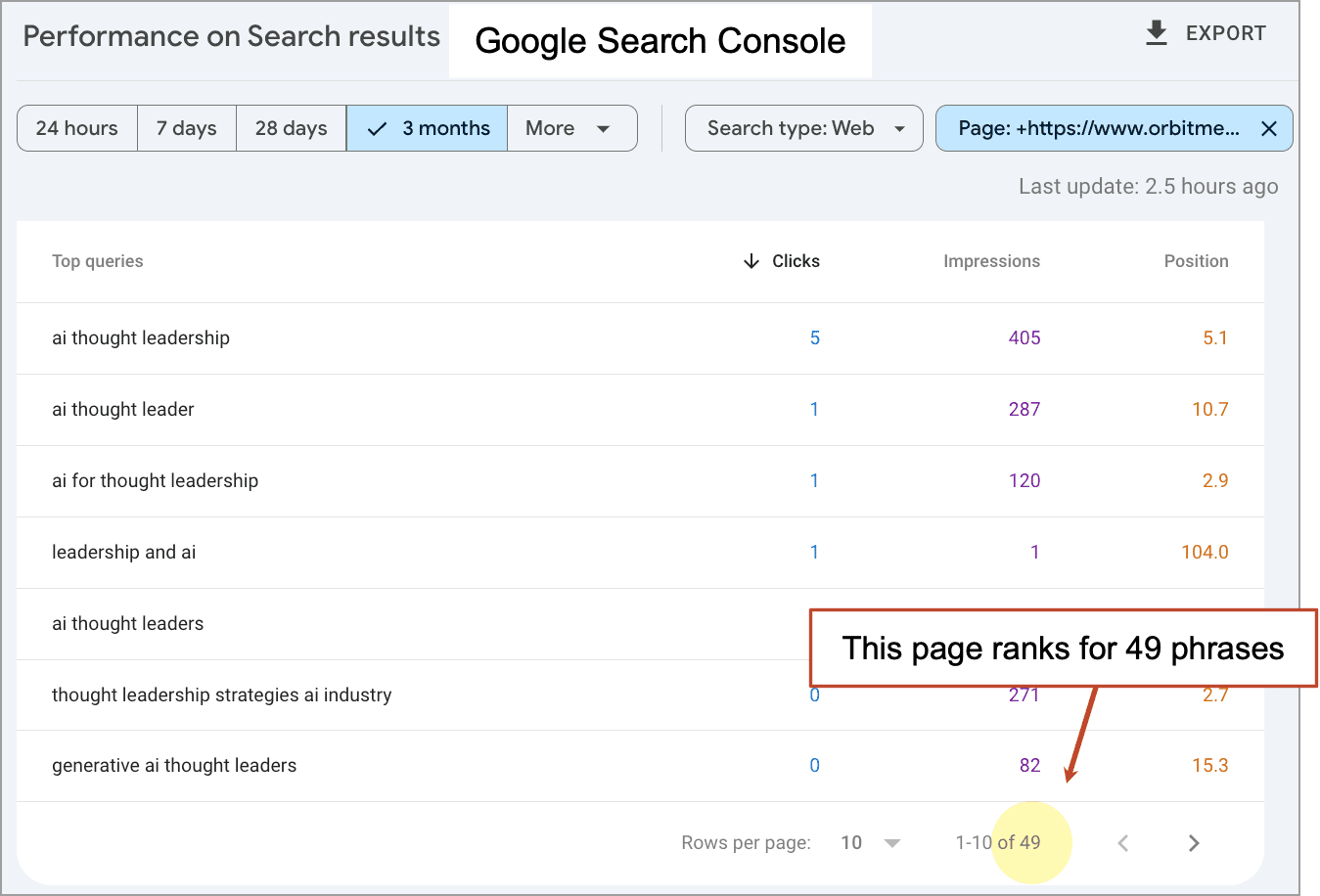
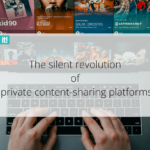
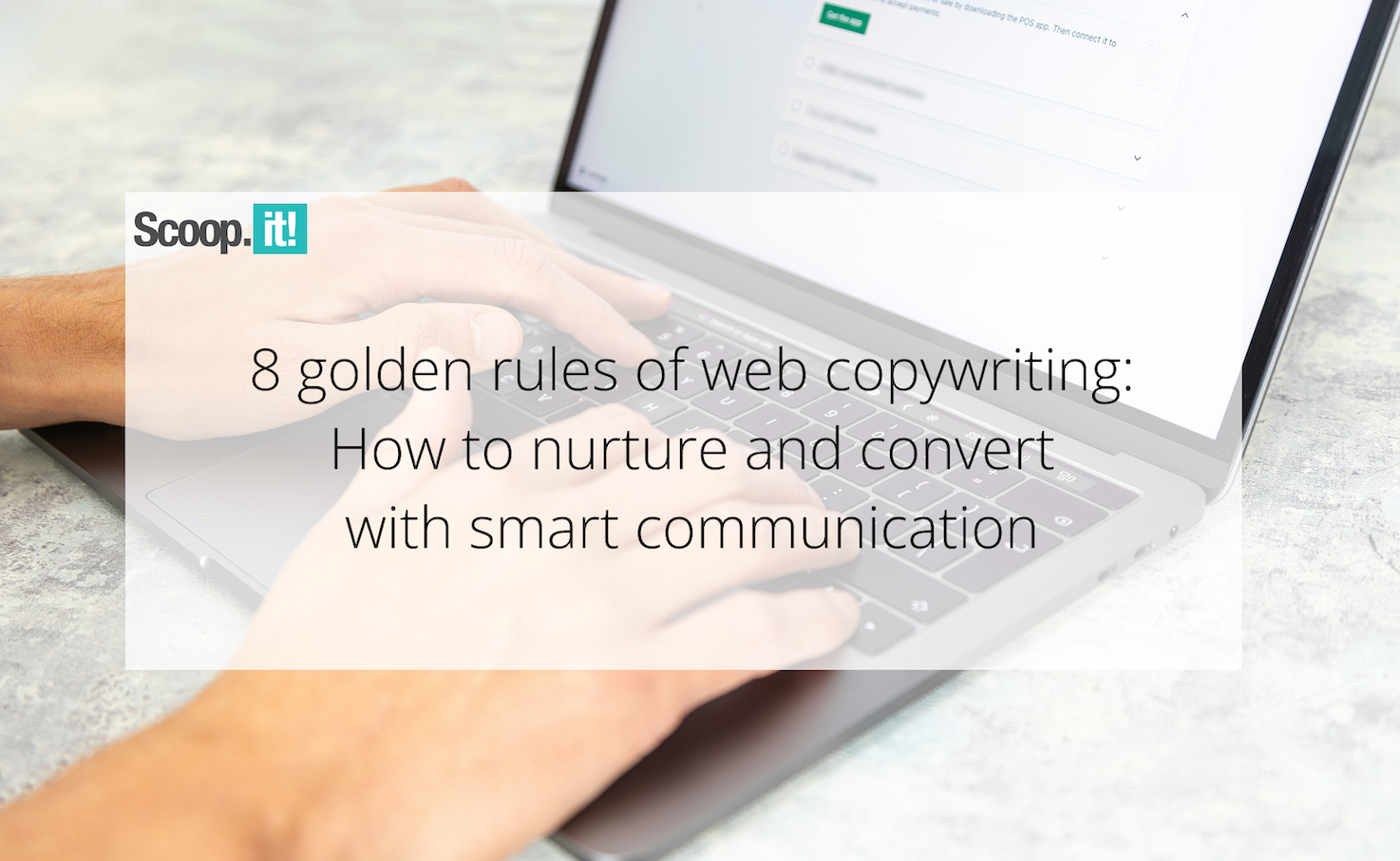
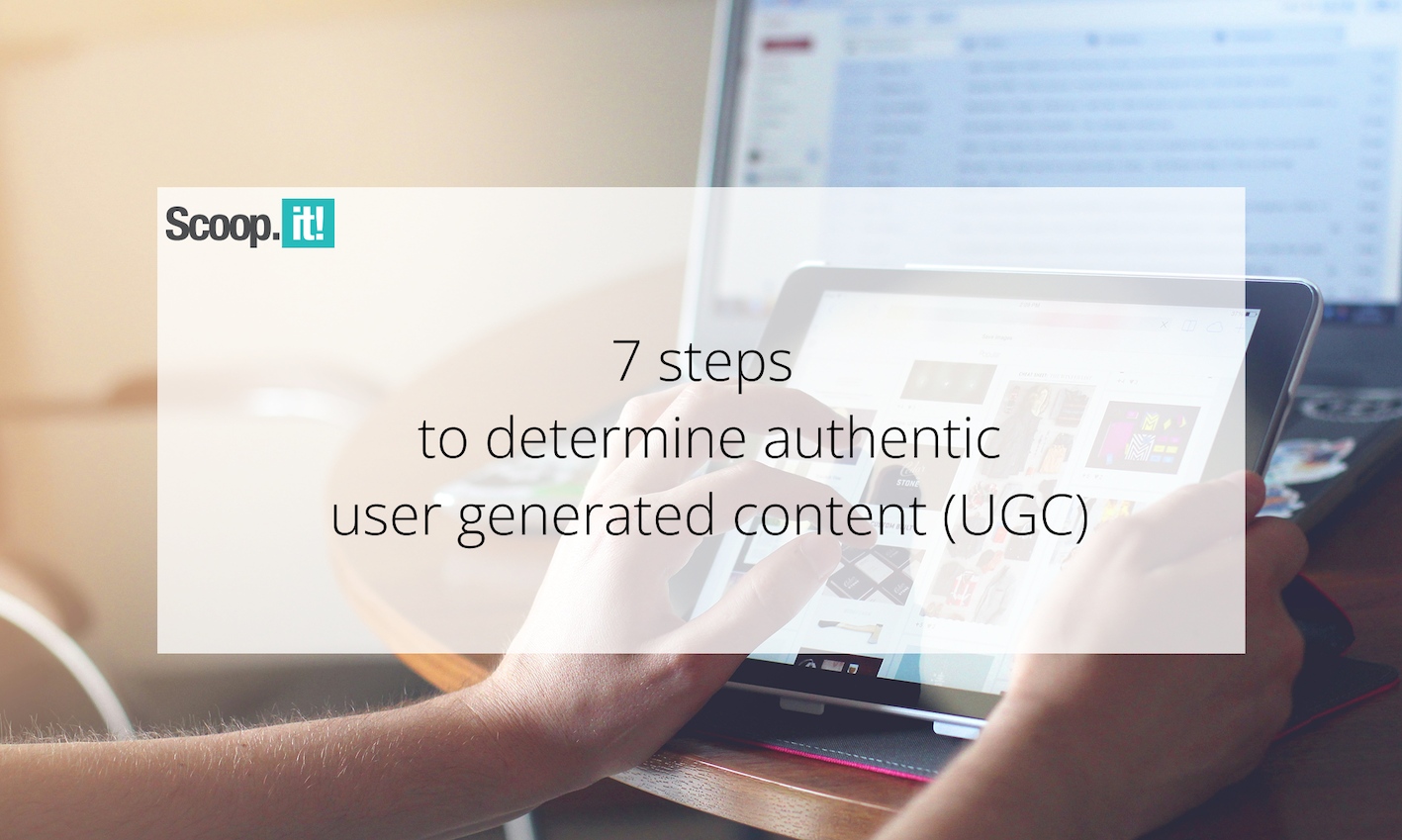


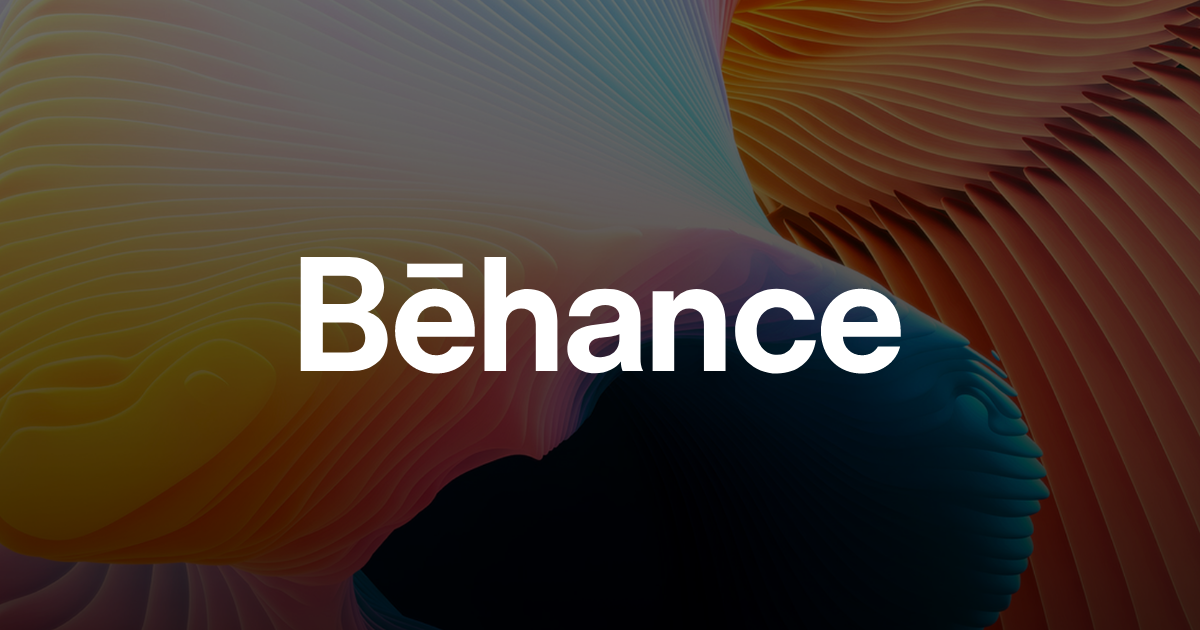

![[Hybrid] Graphic Designer in Malaysia](https://a5.behance.net/920d3ca46151f30e69b60159b53d15e34fb20338/img/site/generic-share.png)


